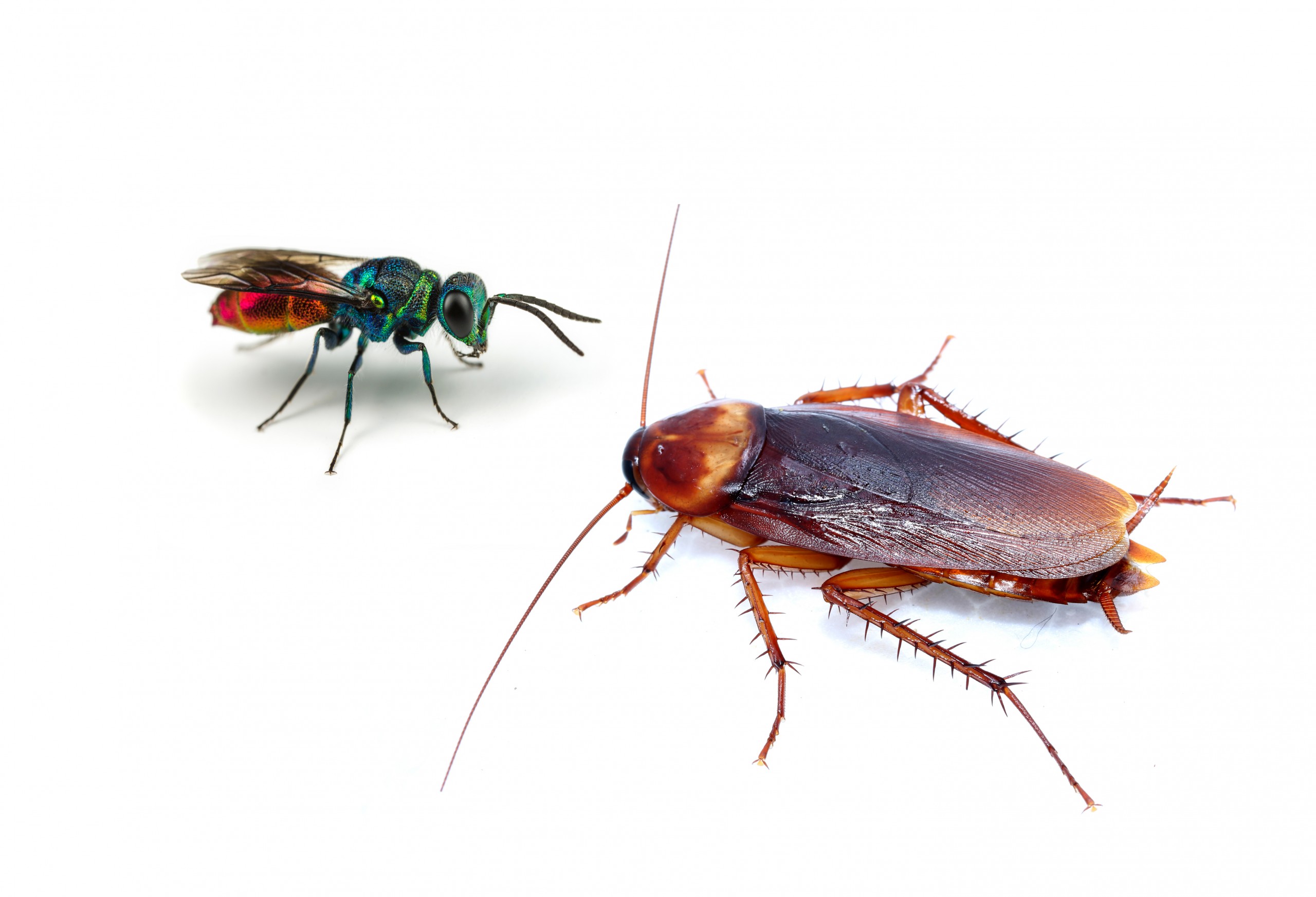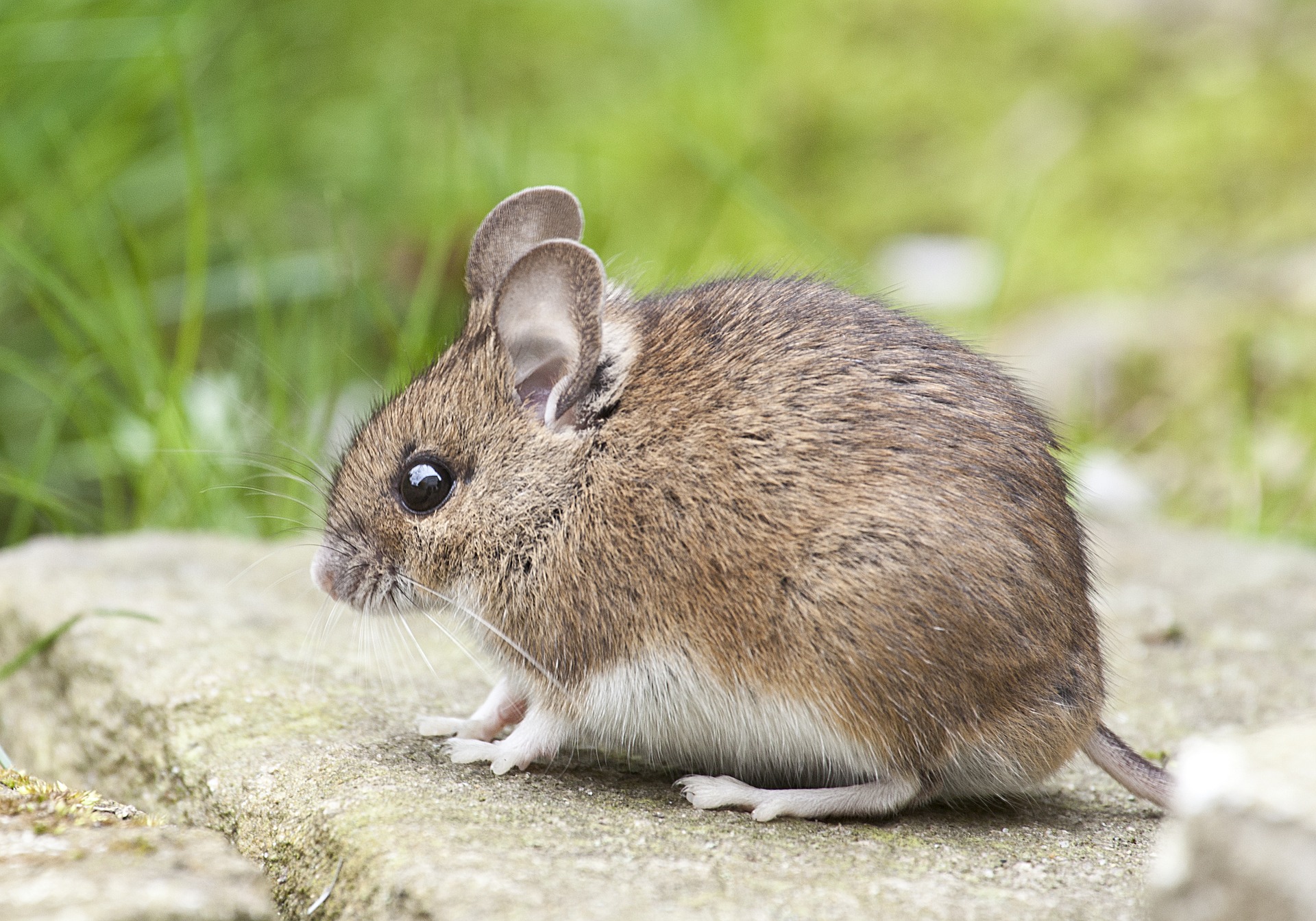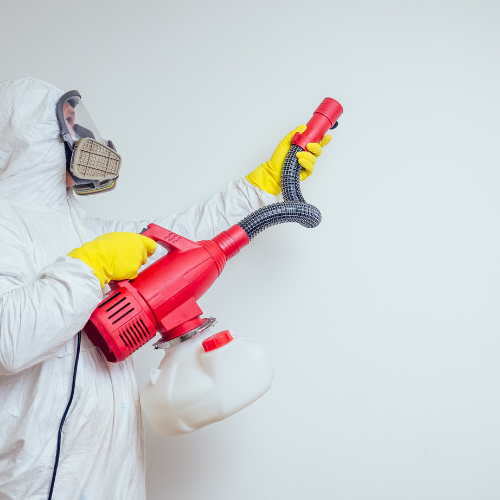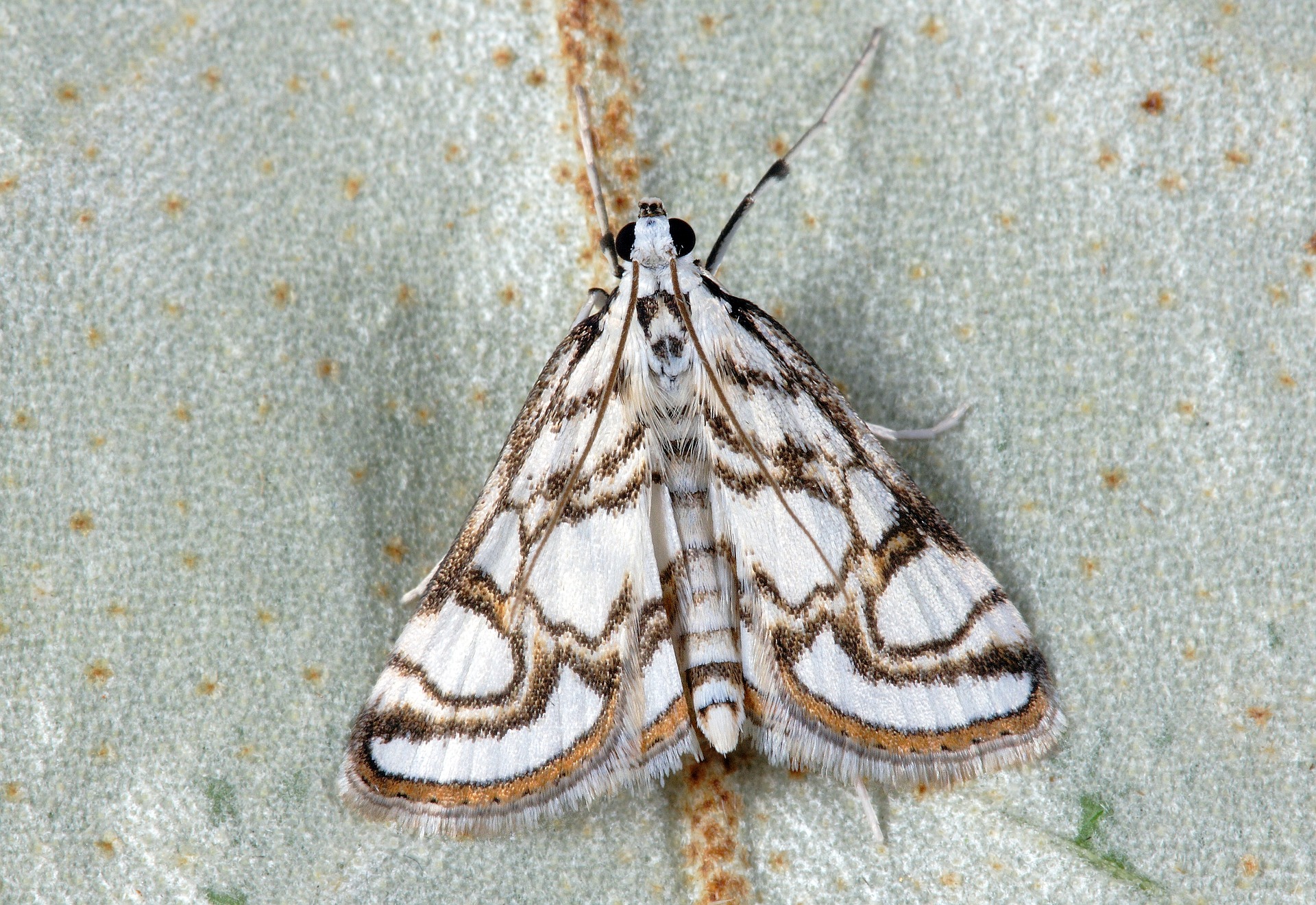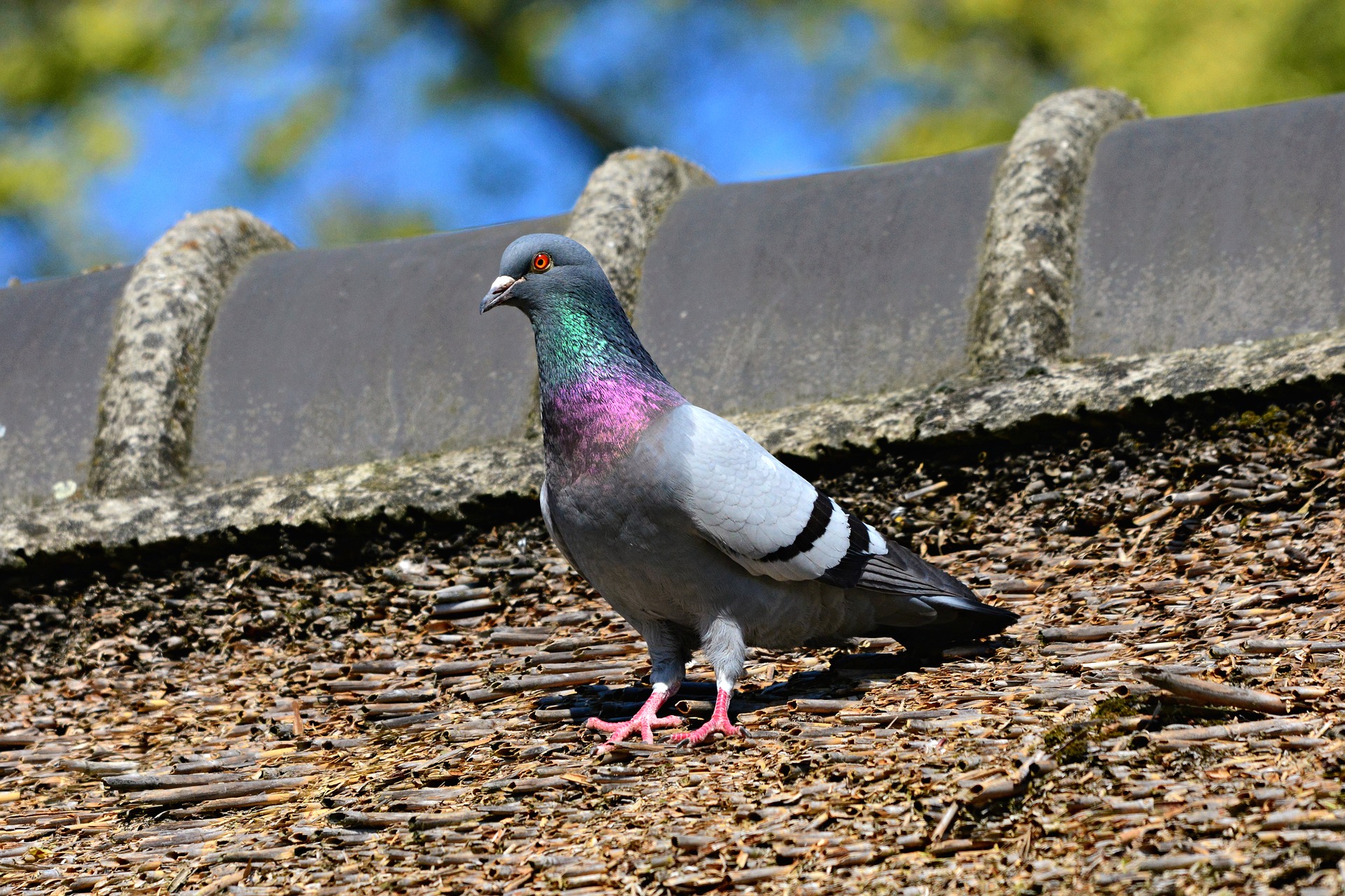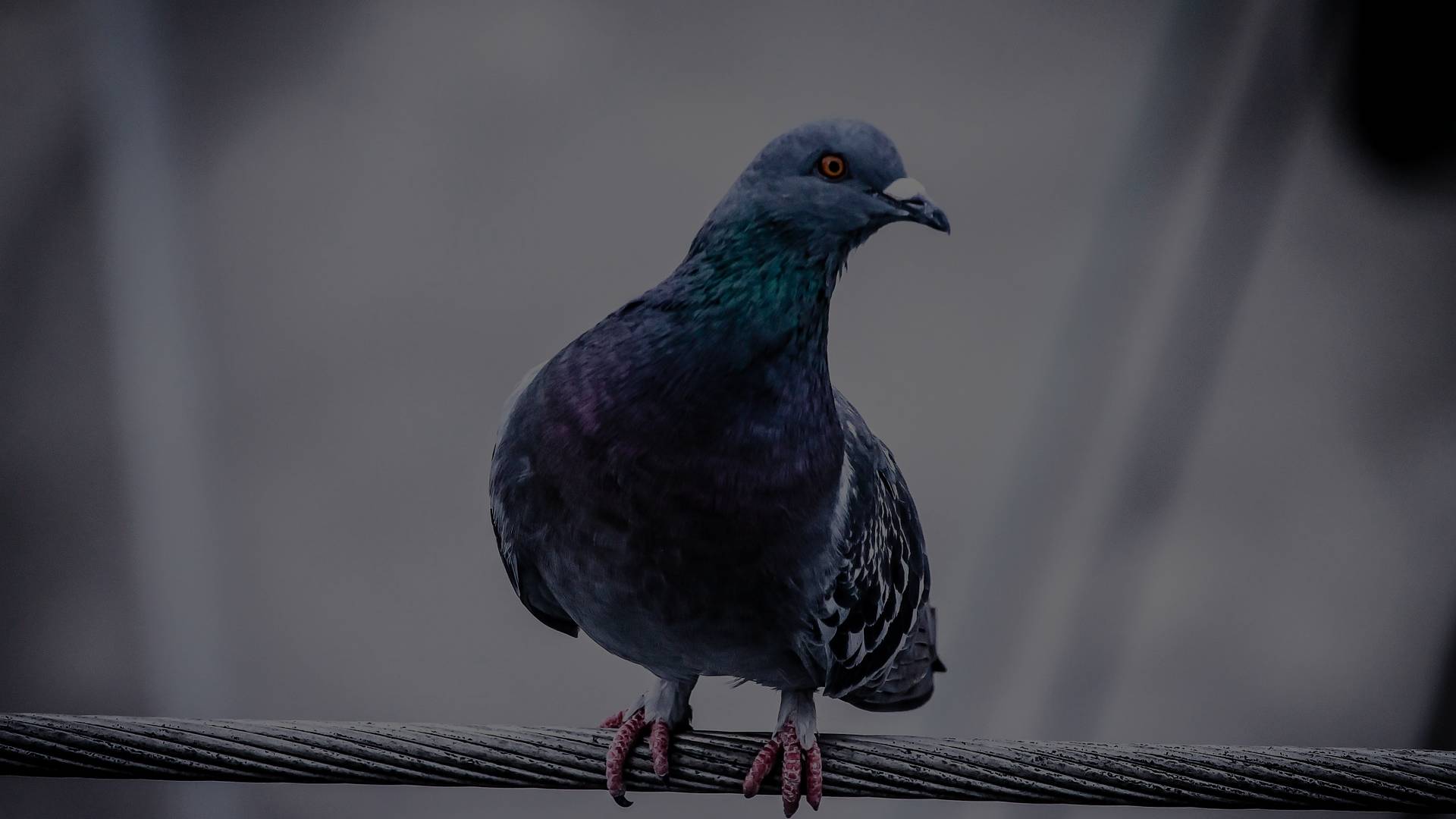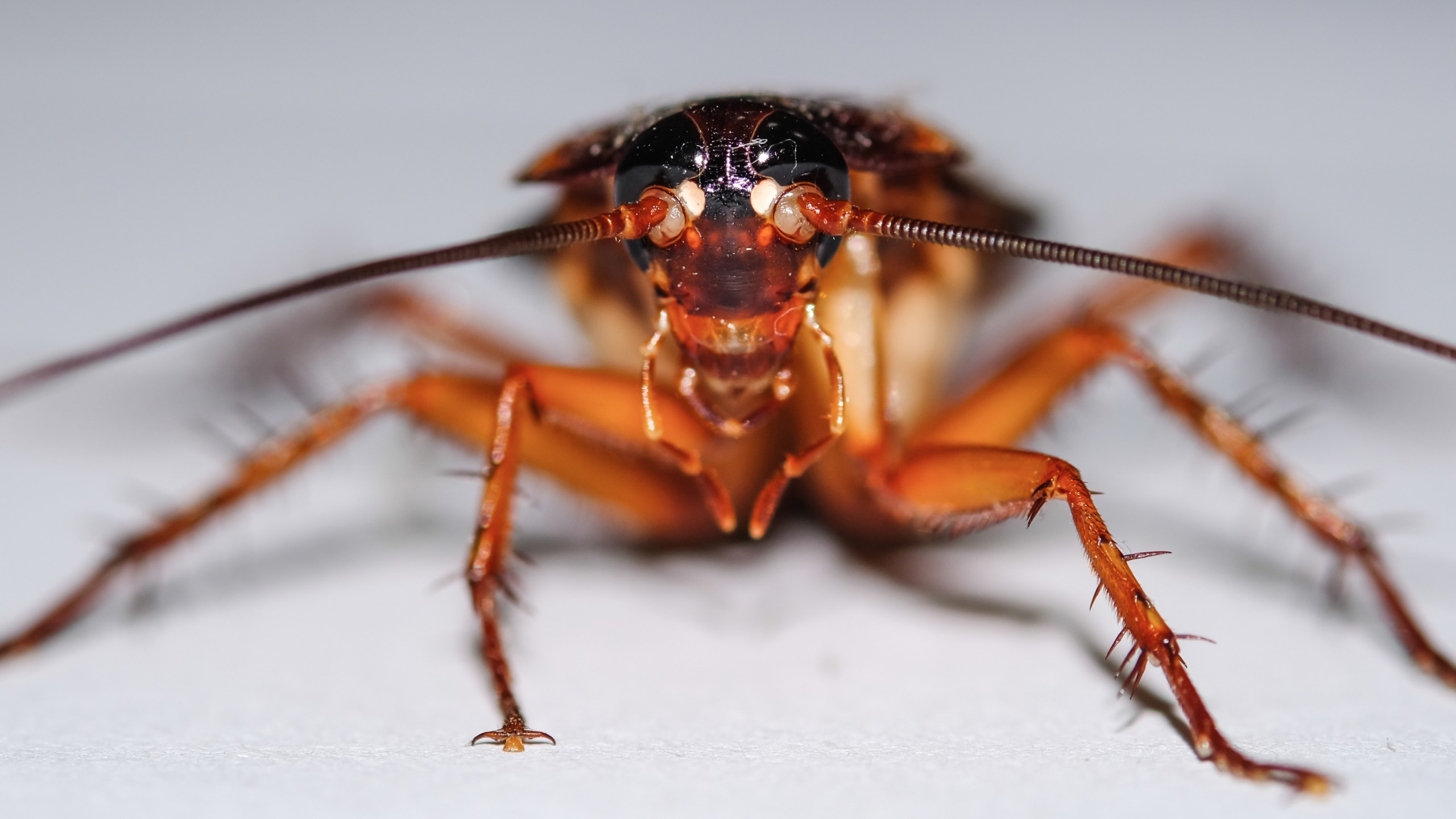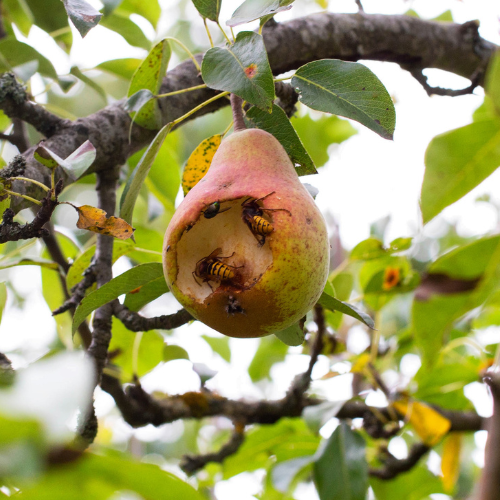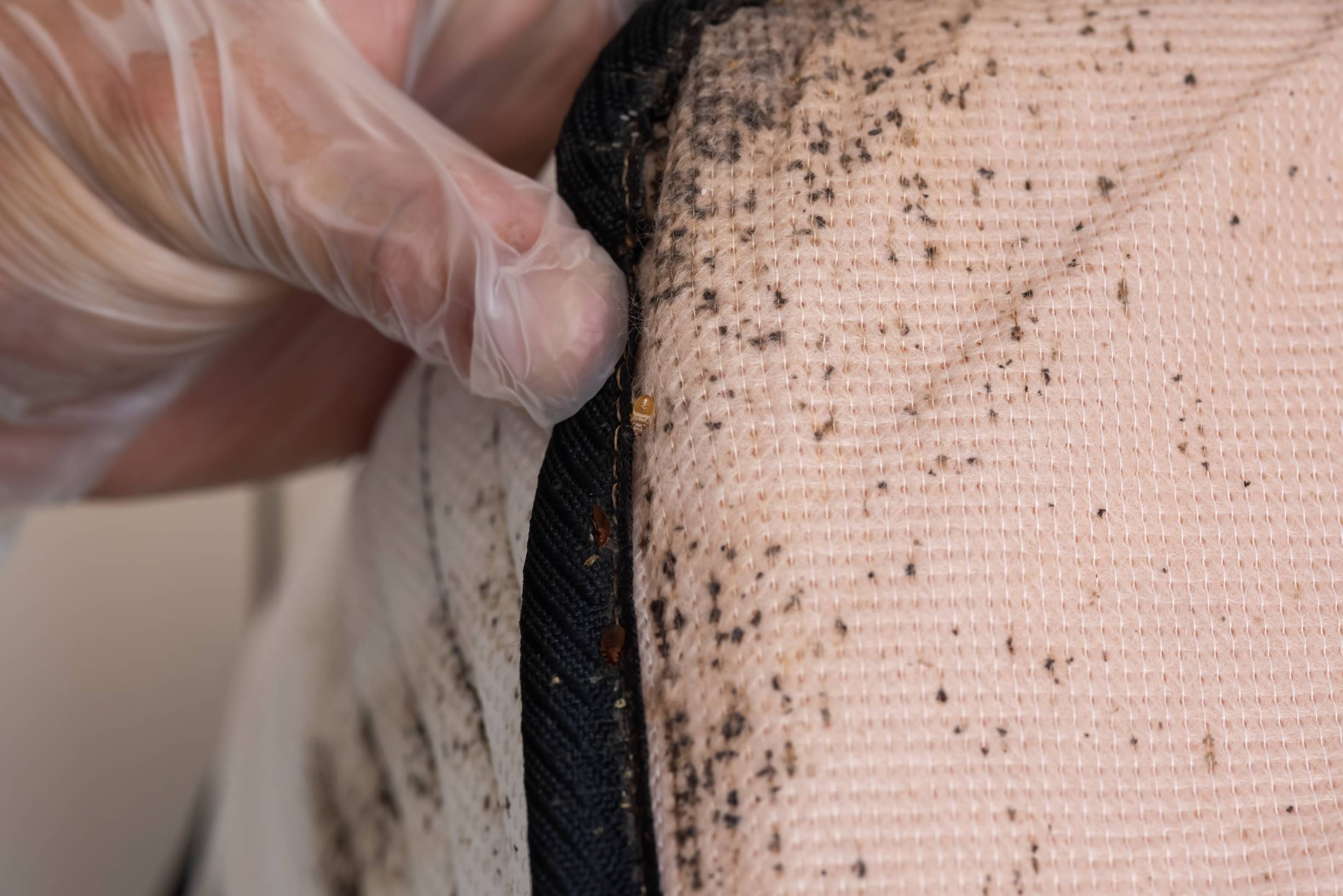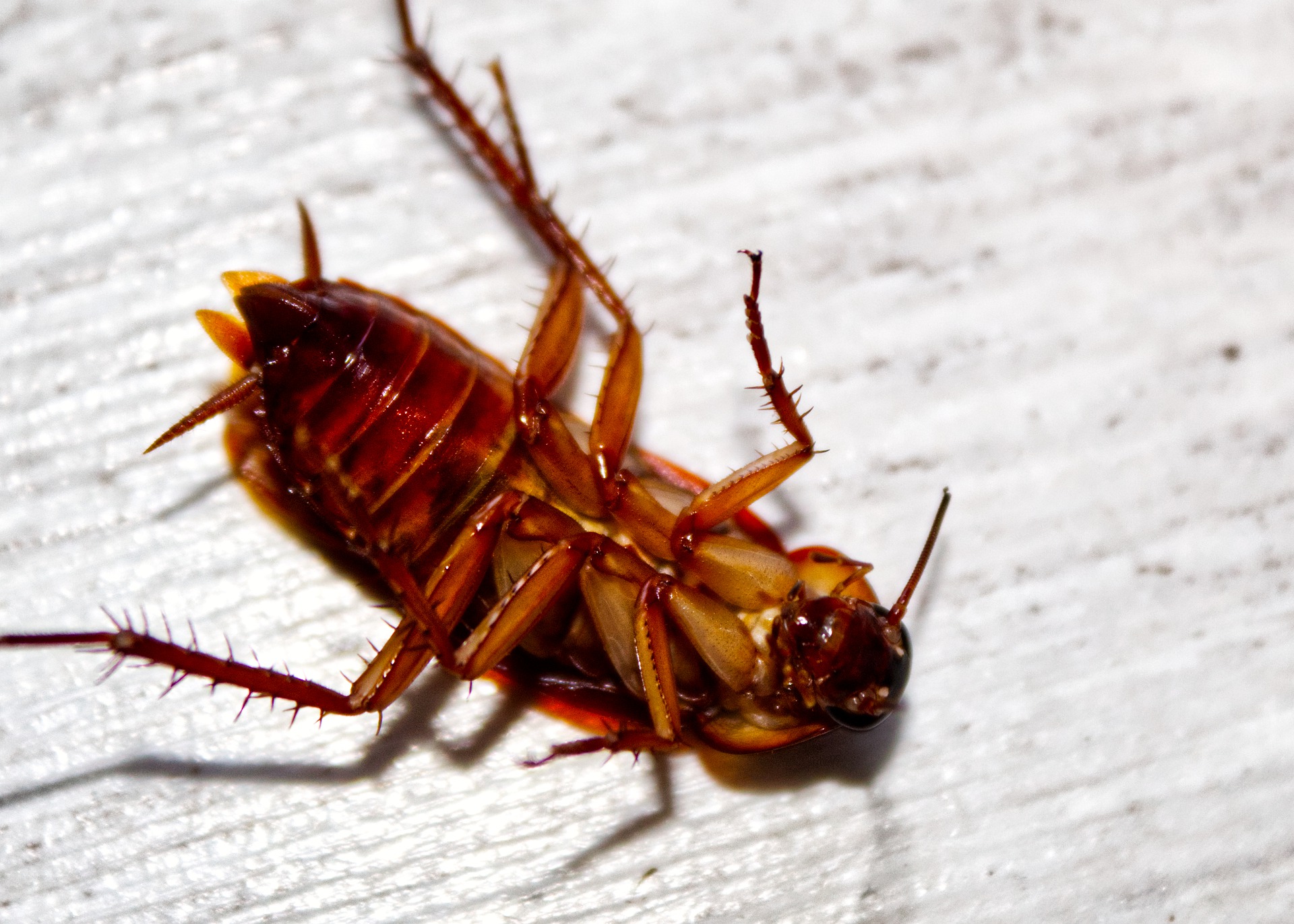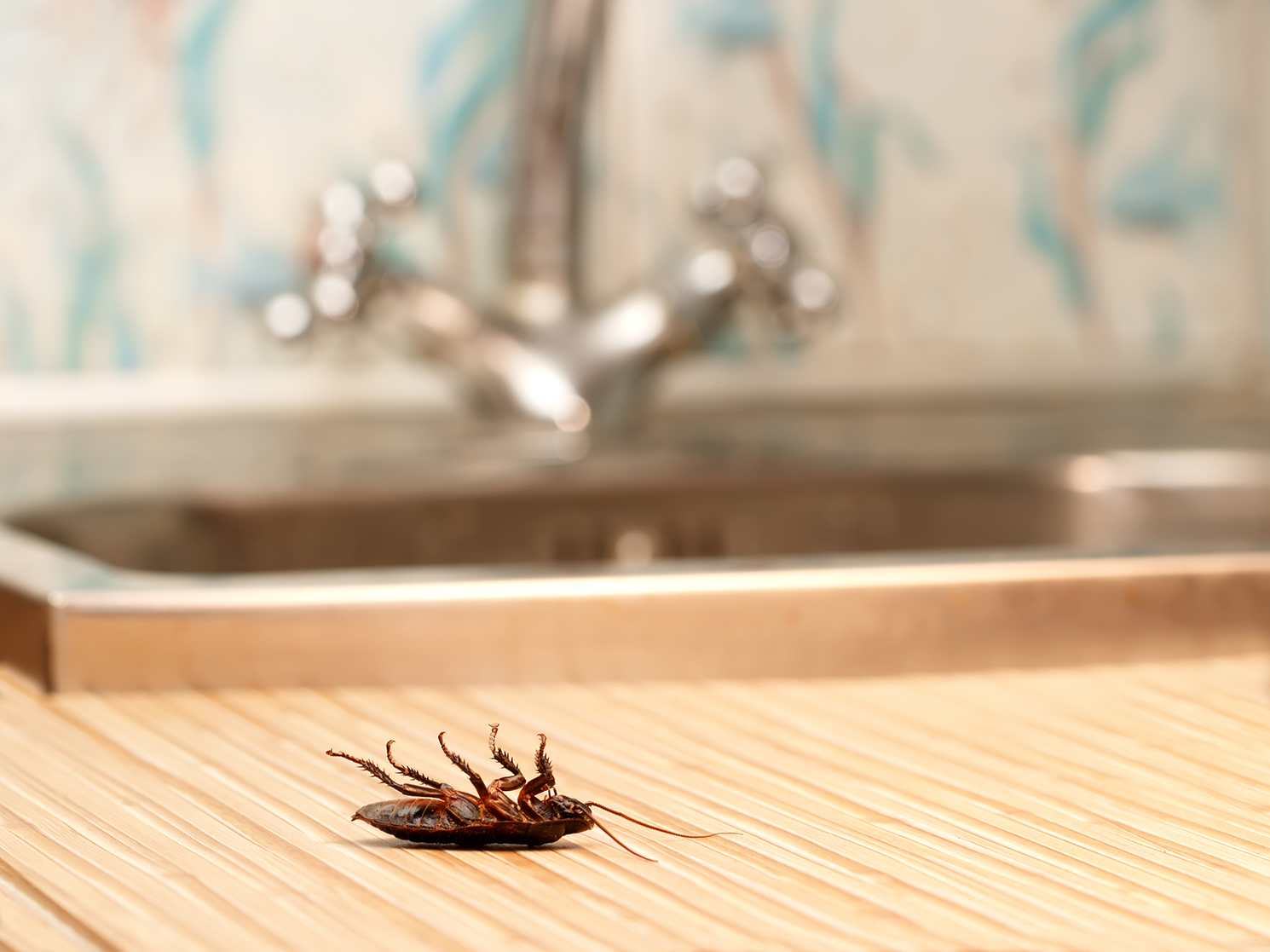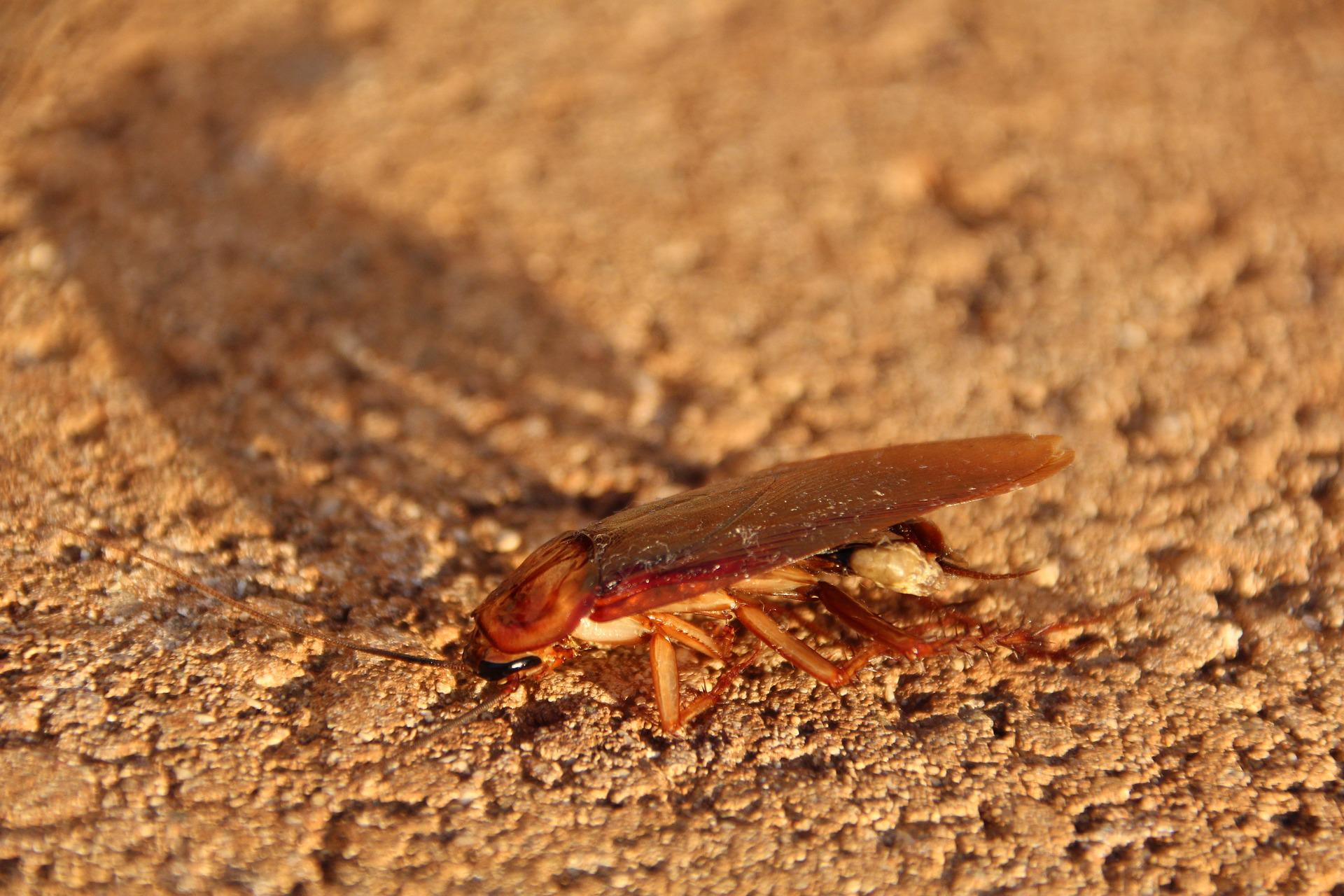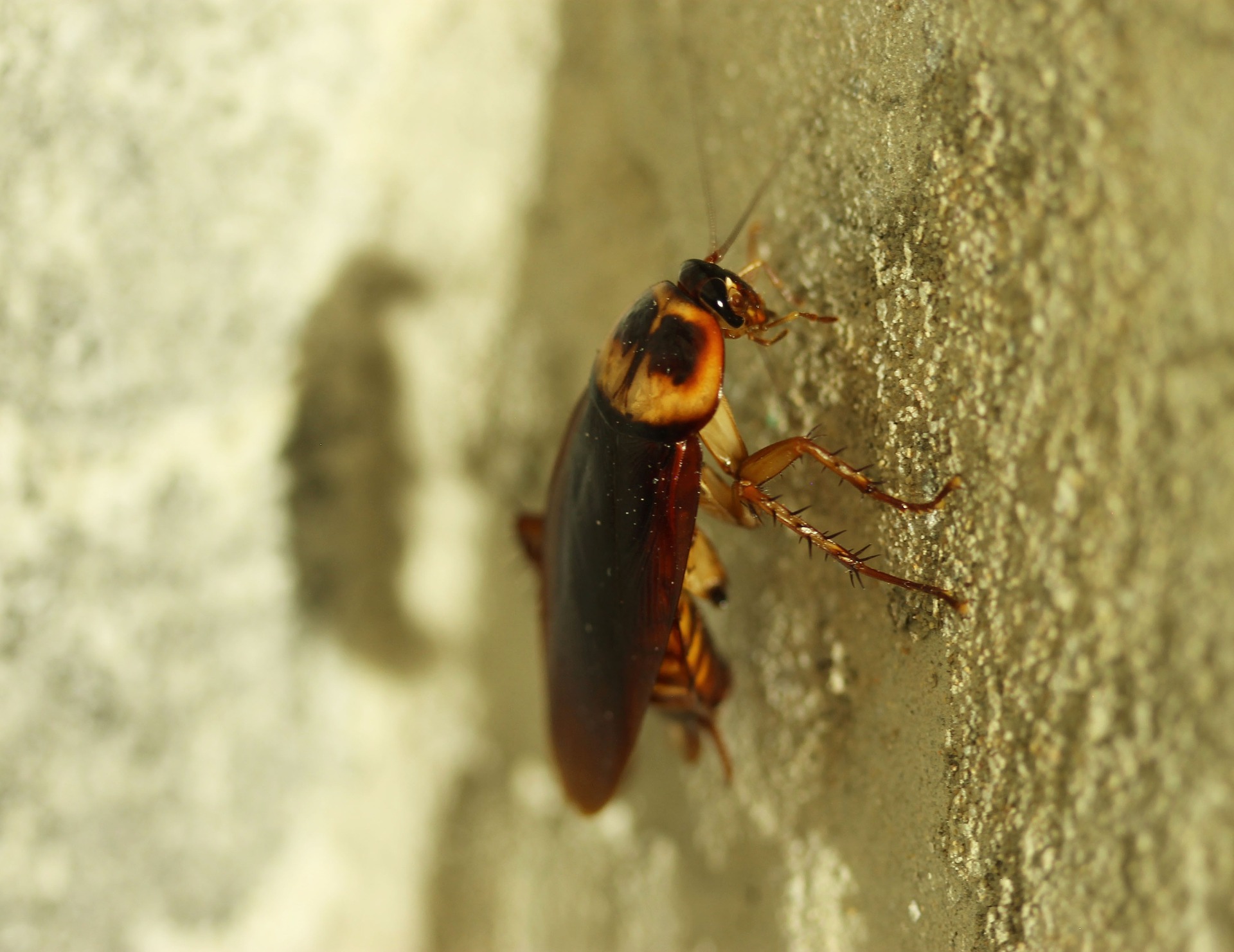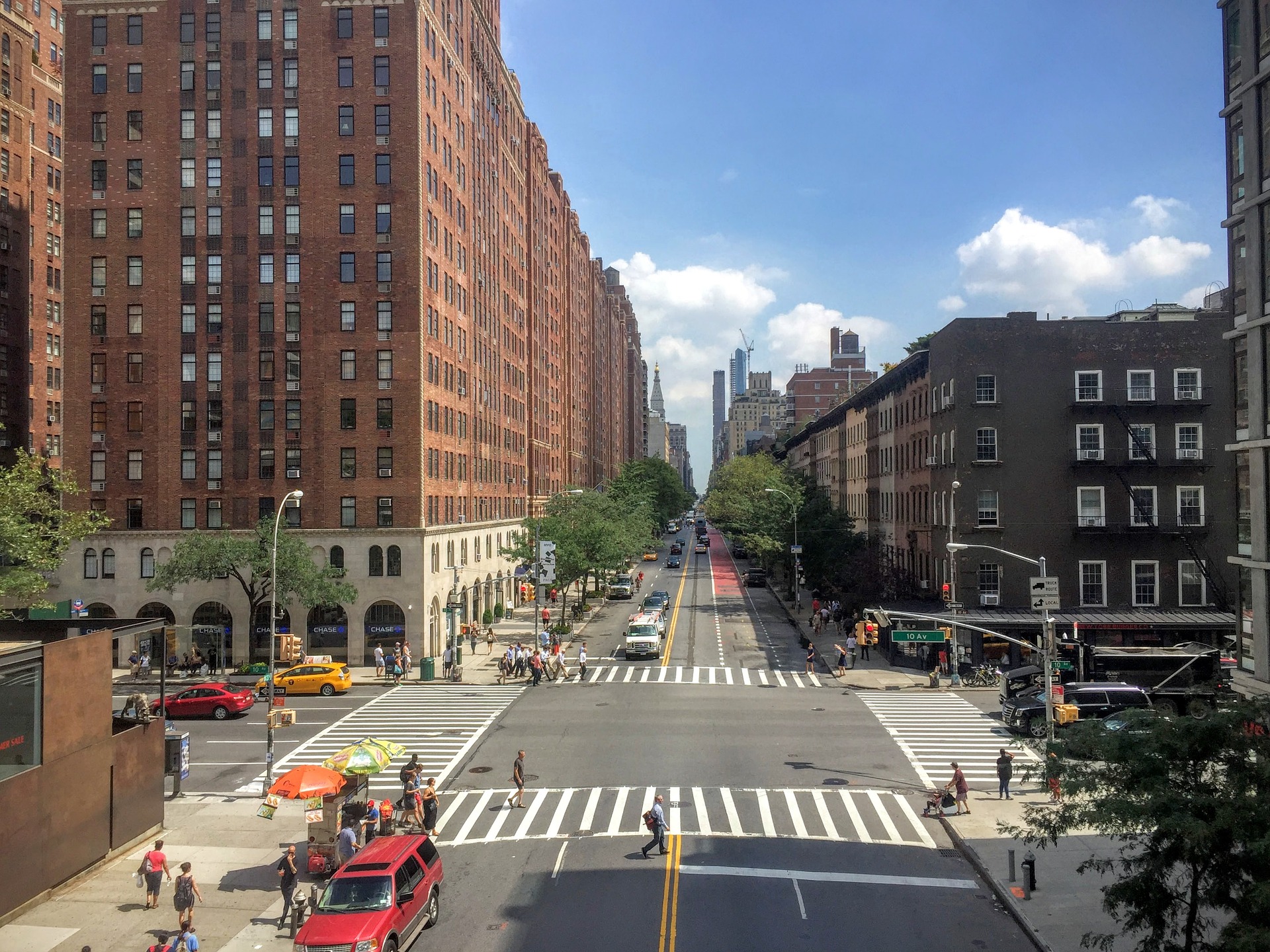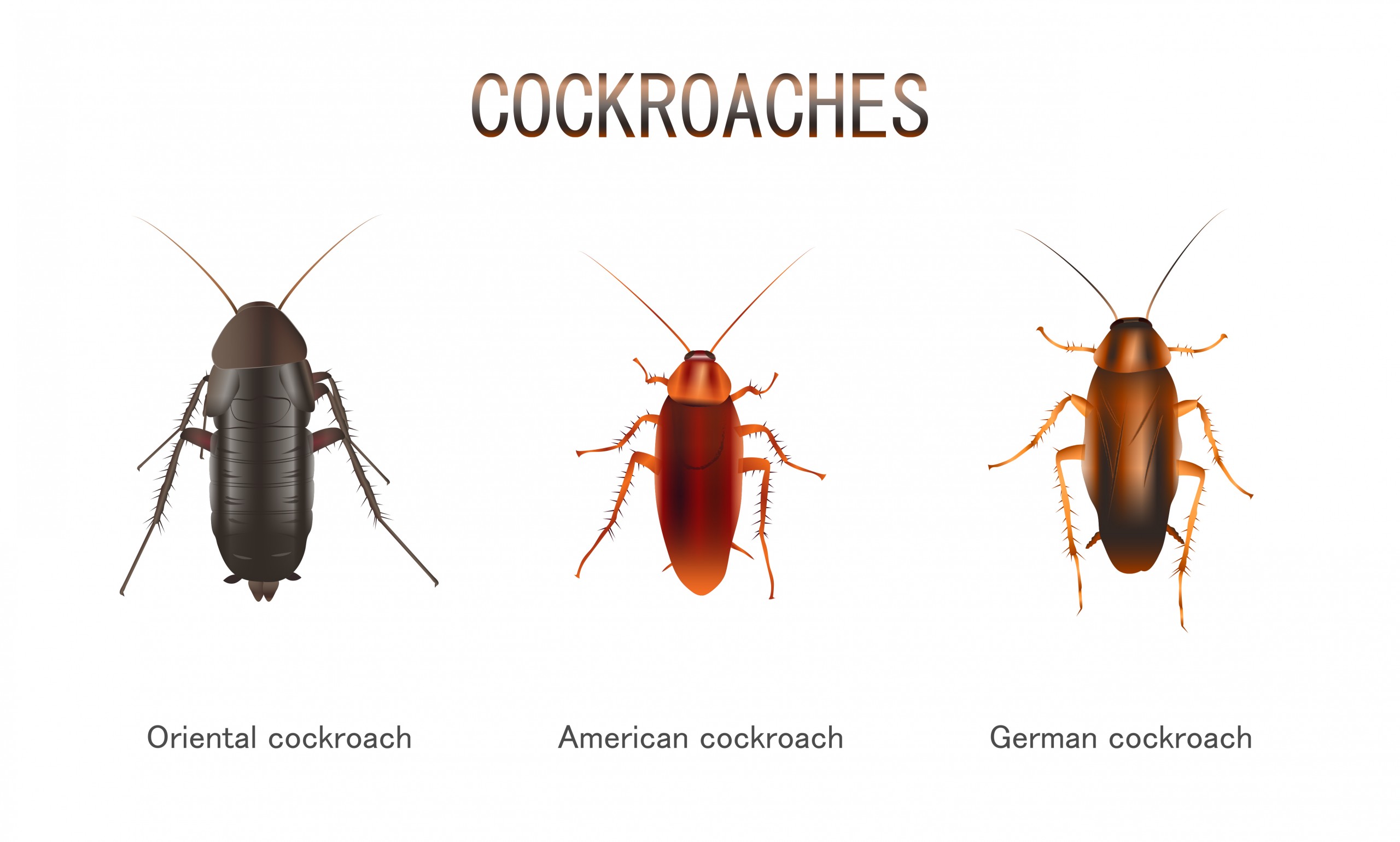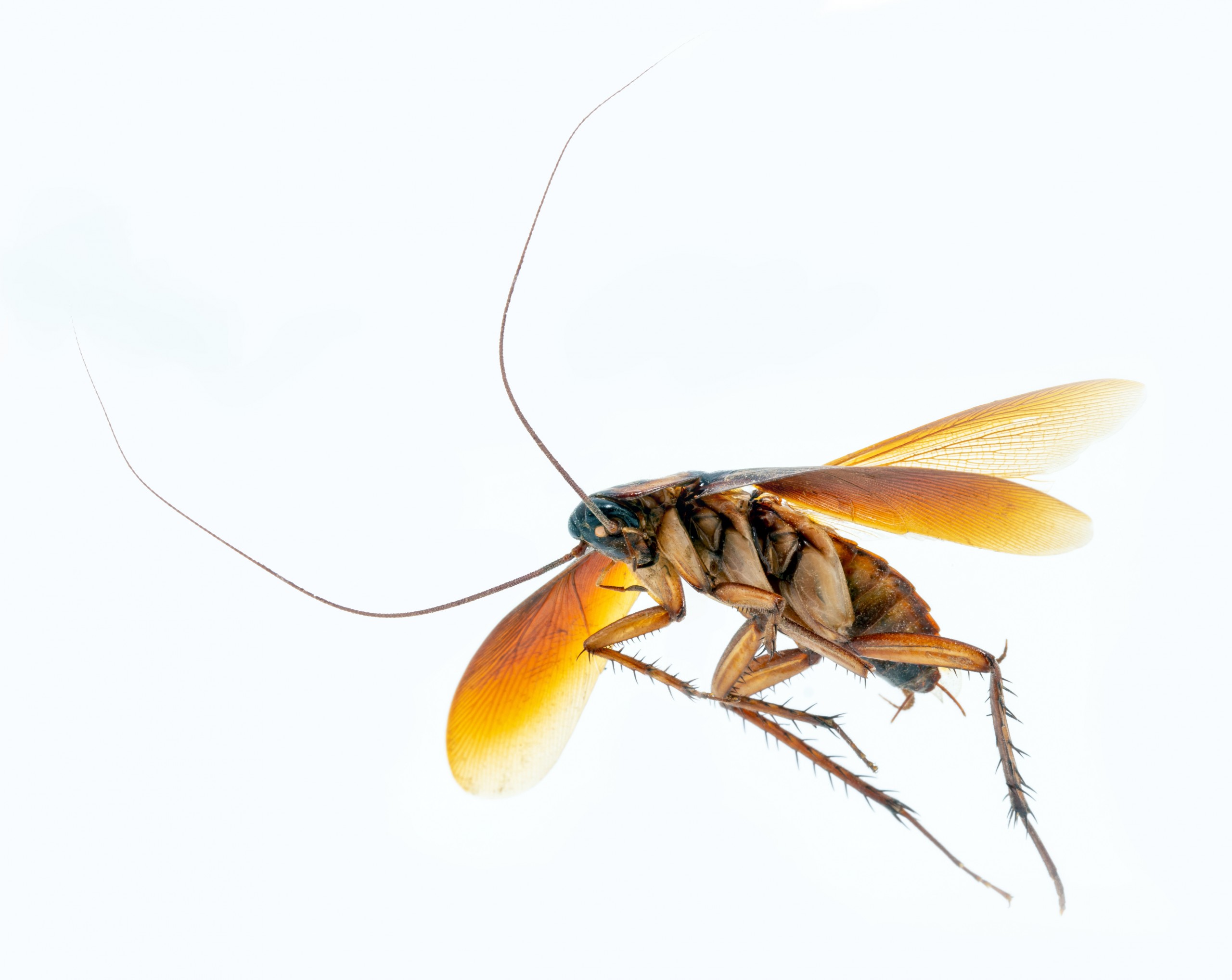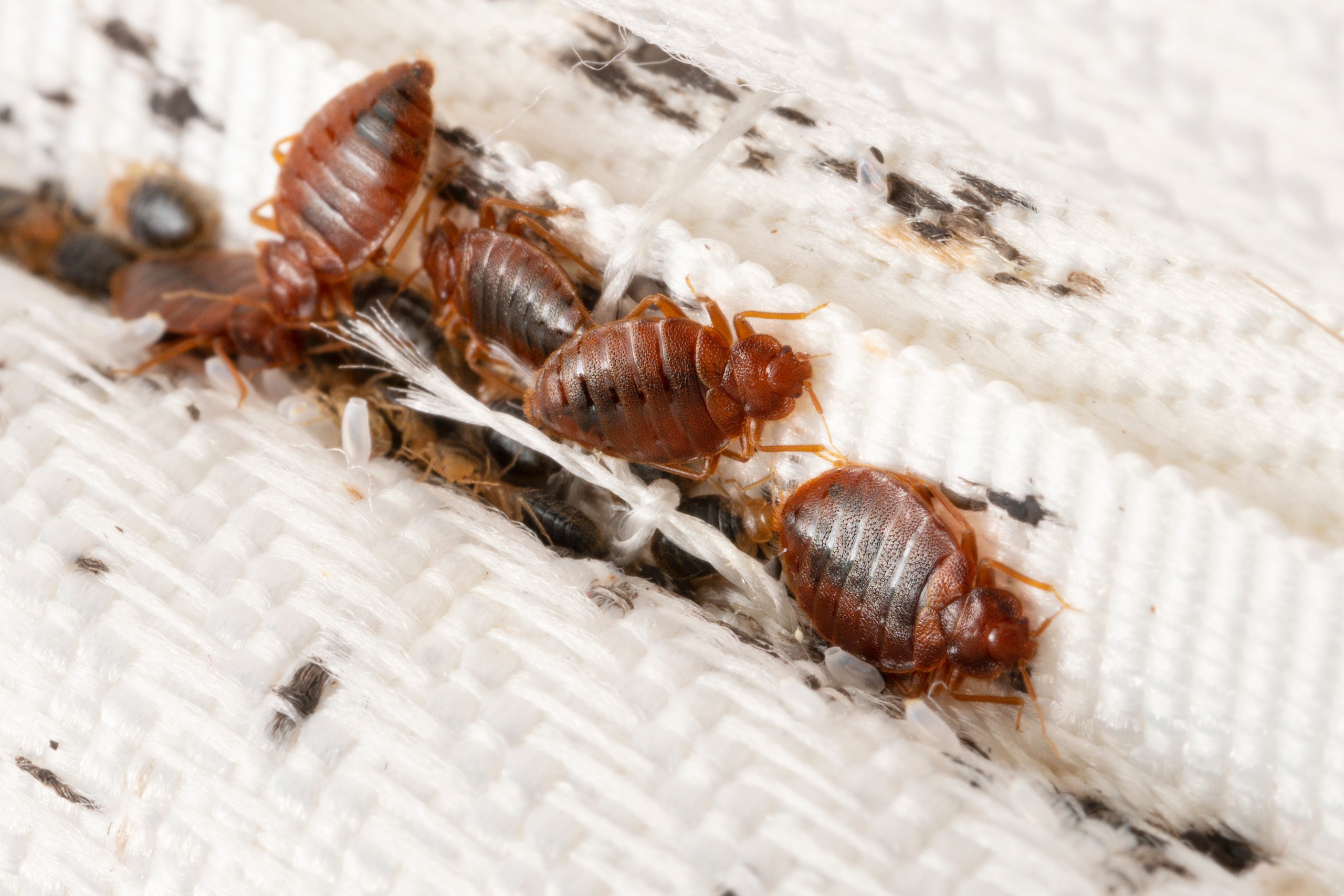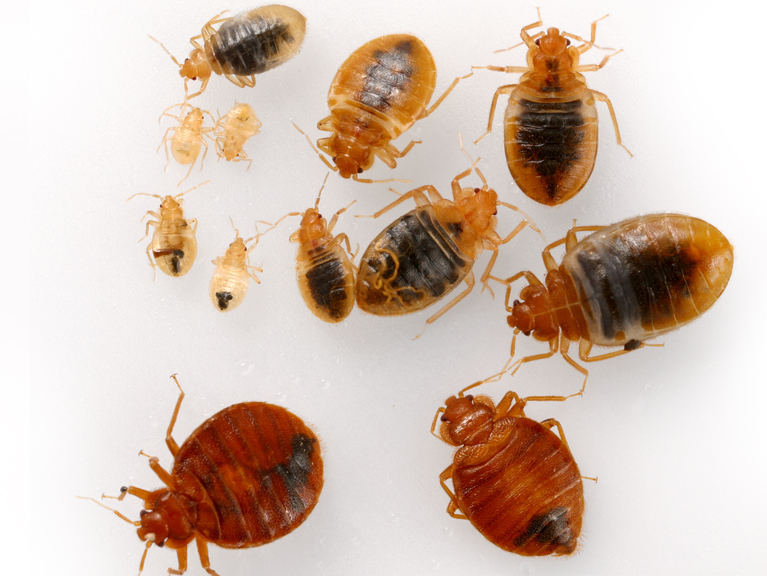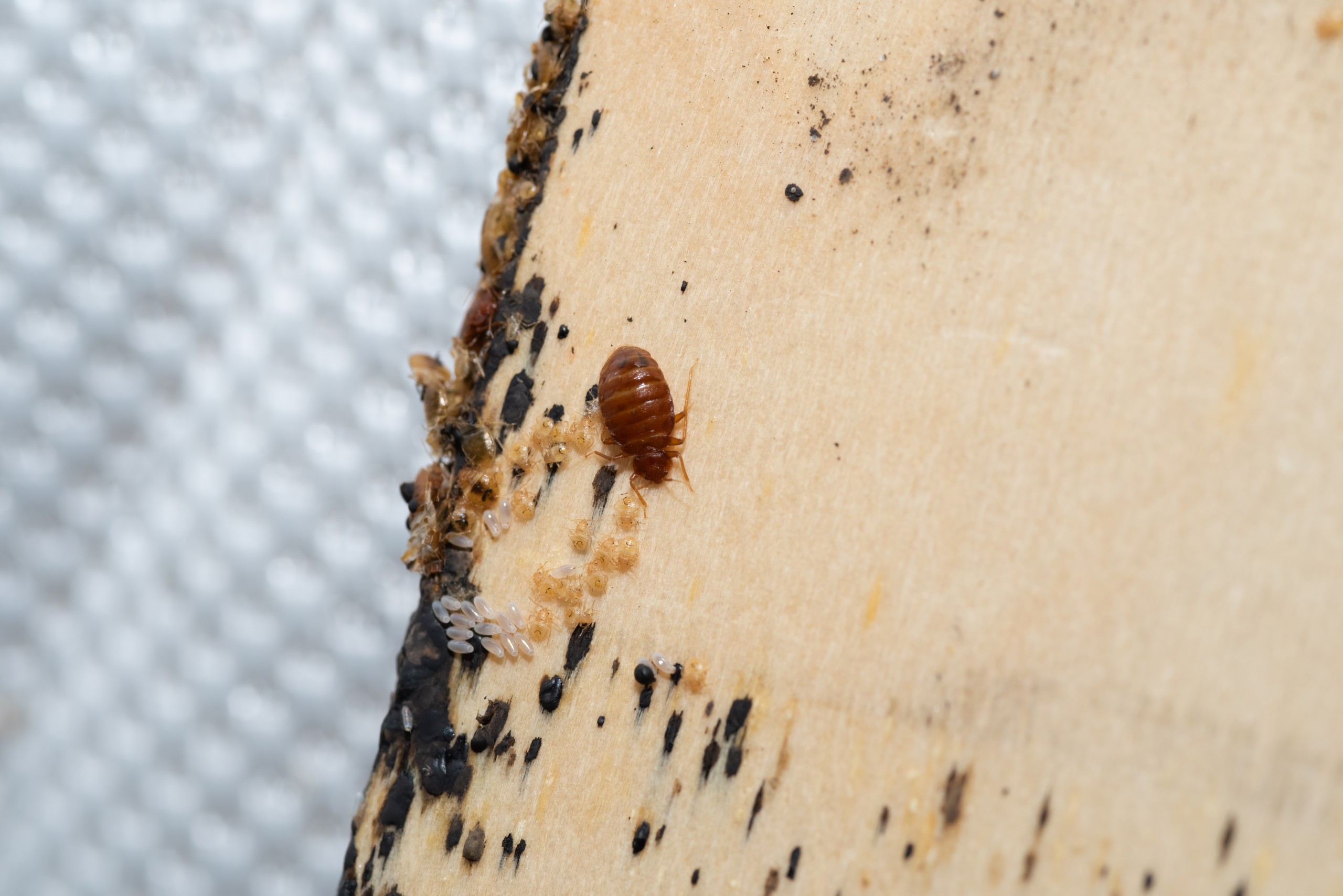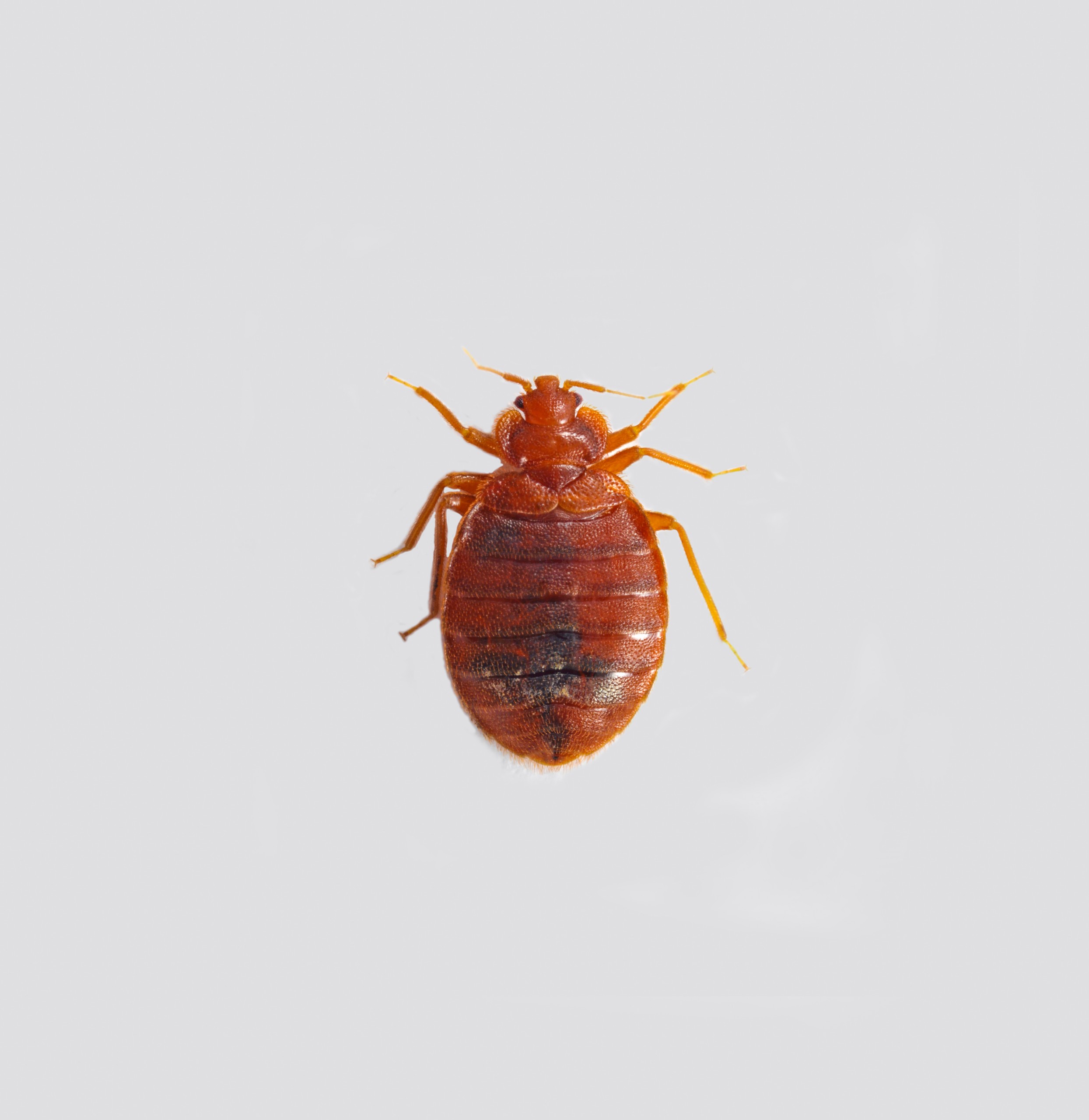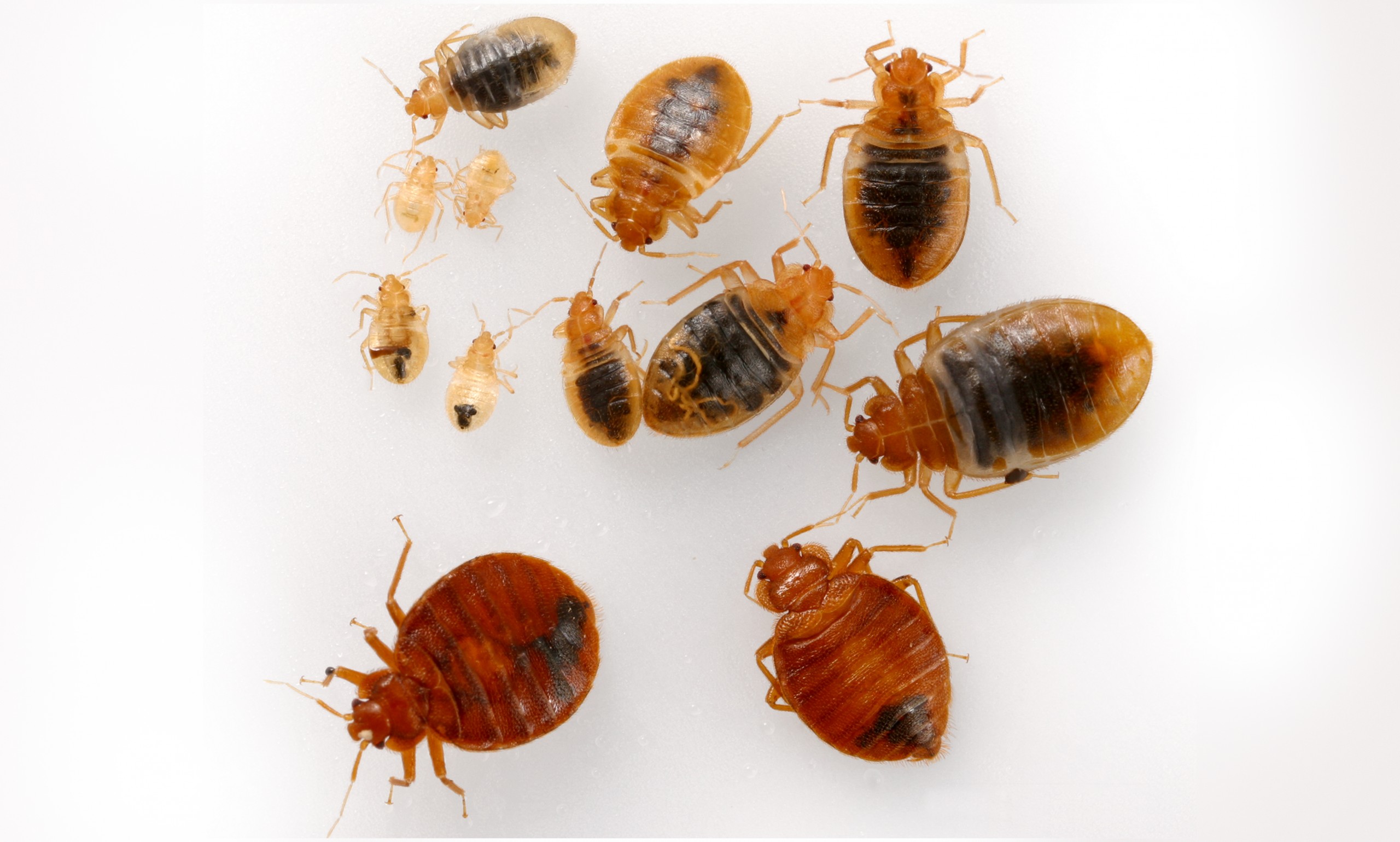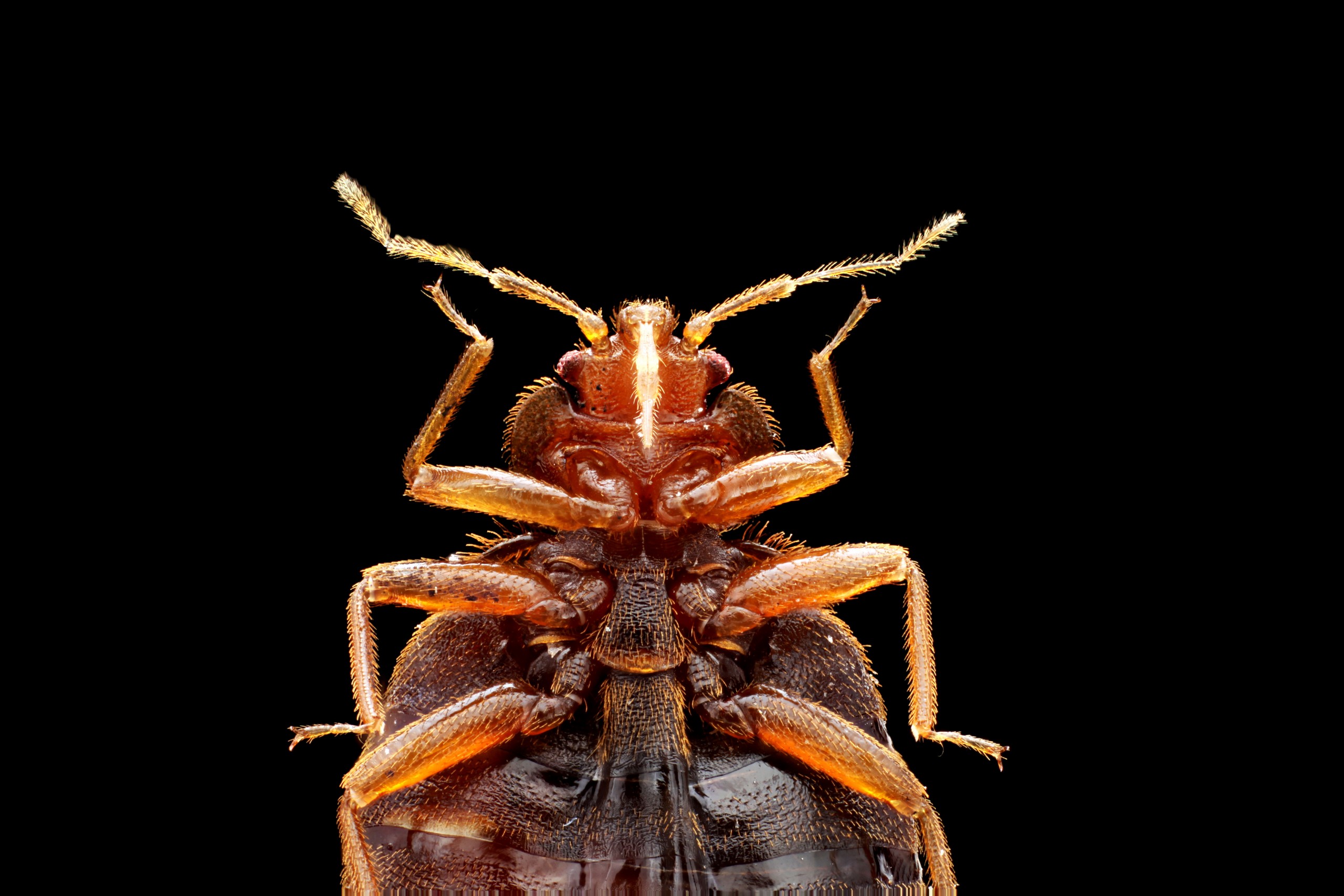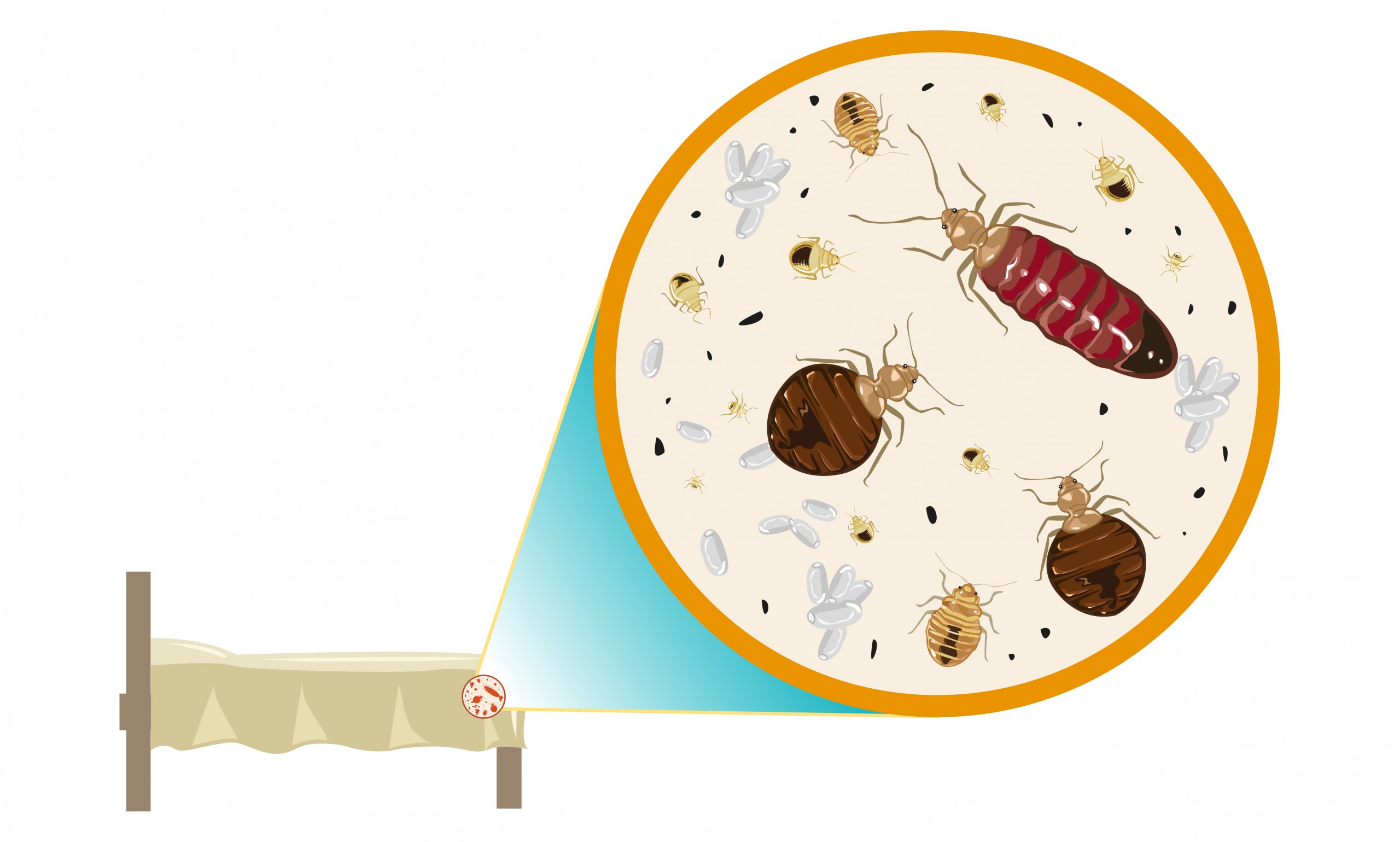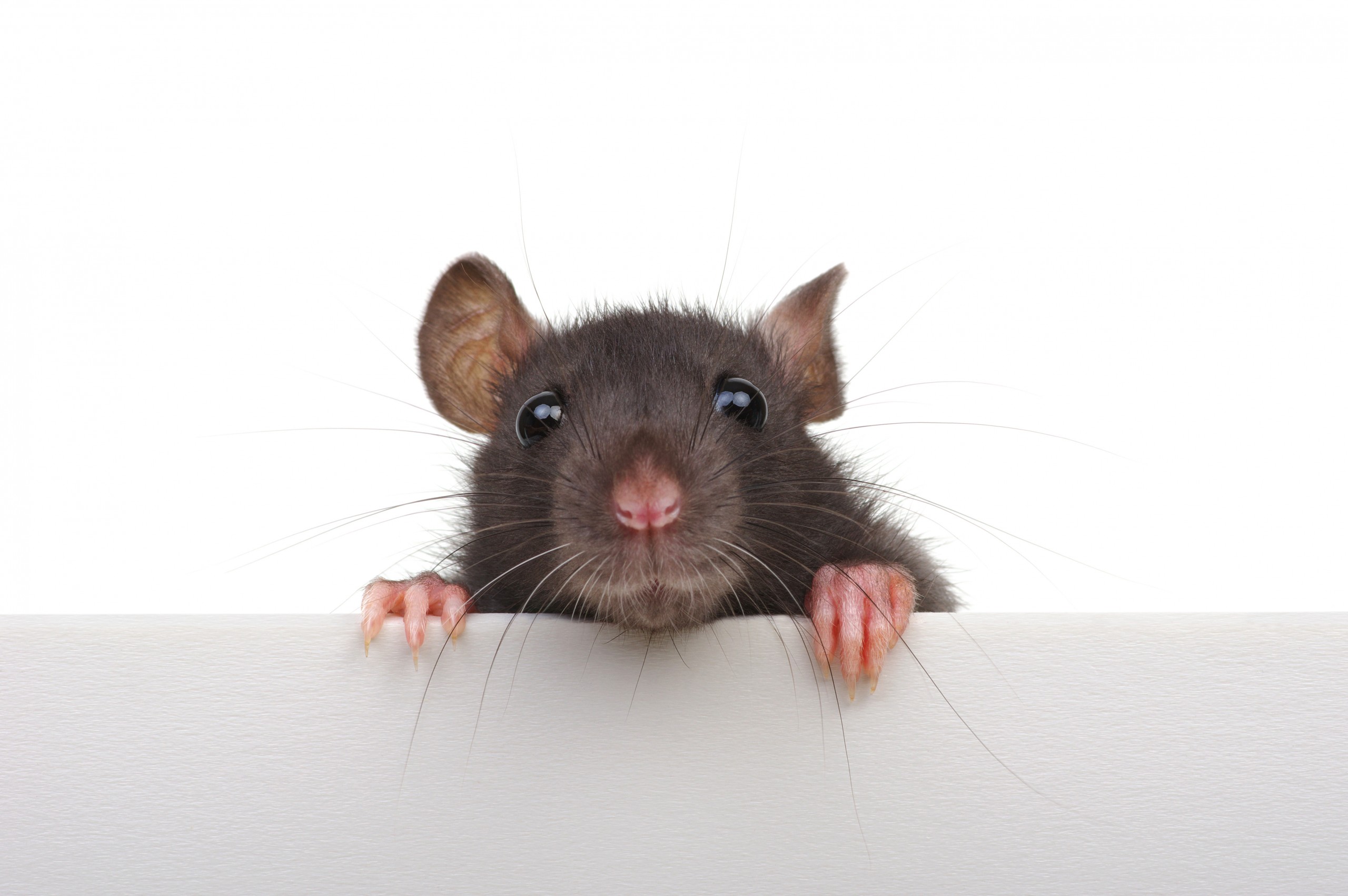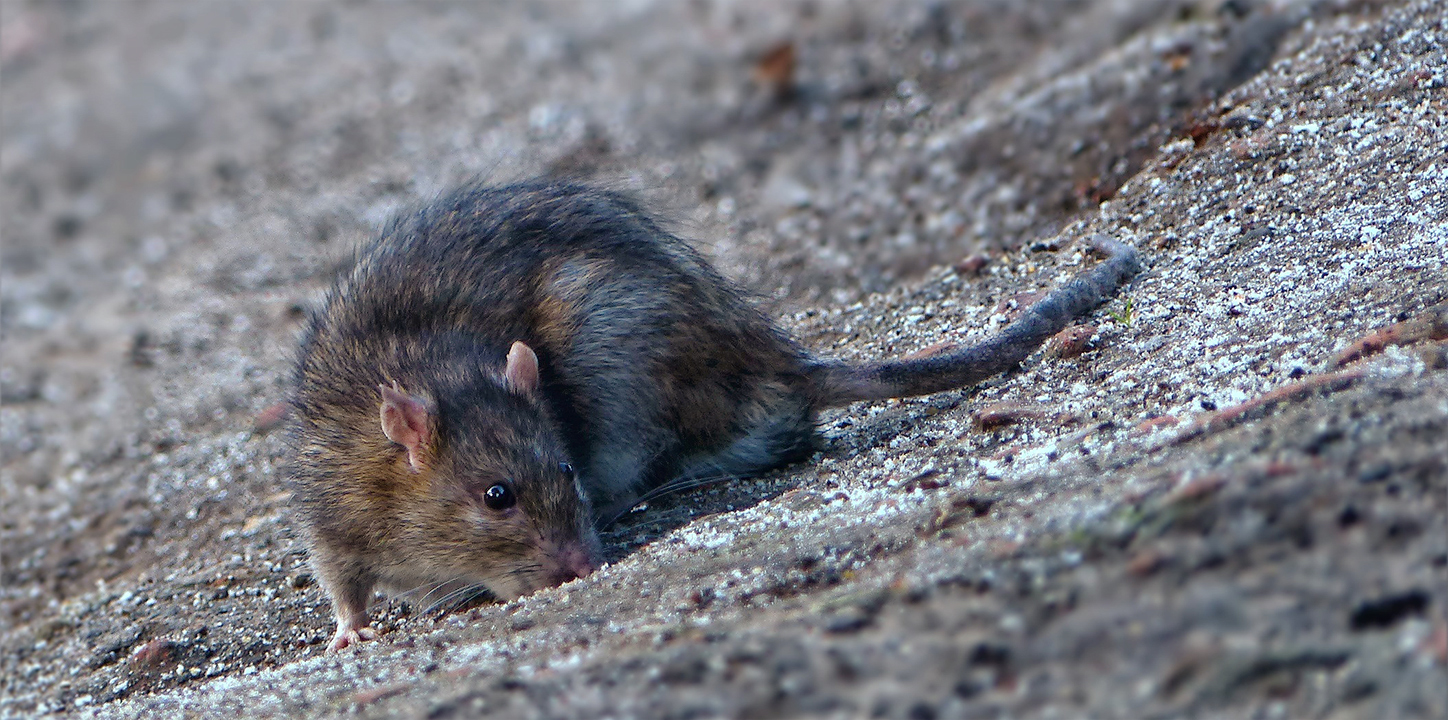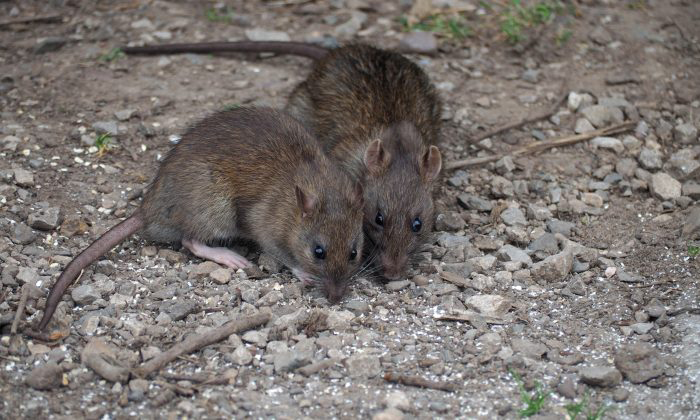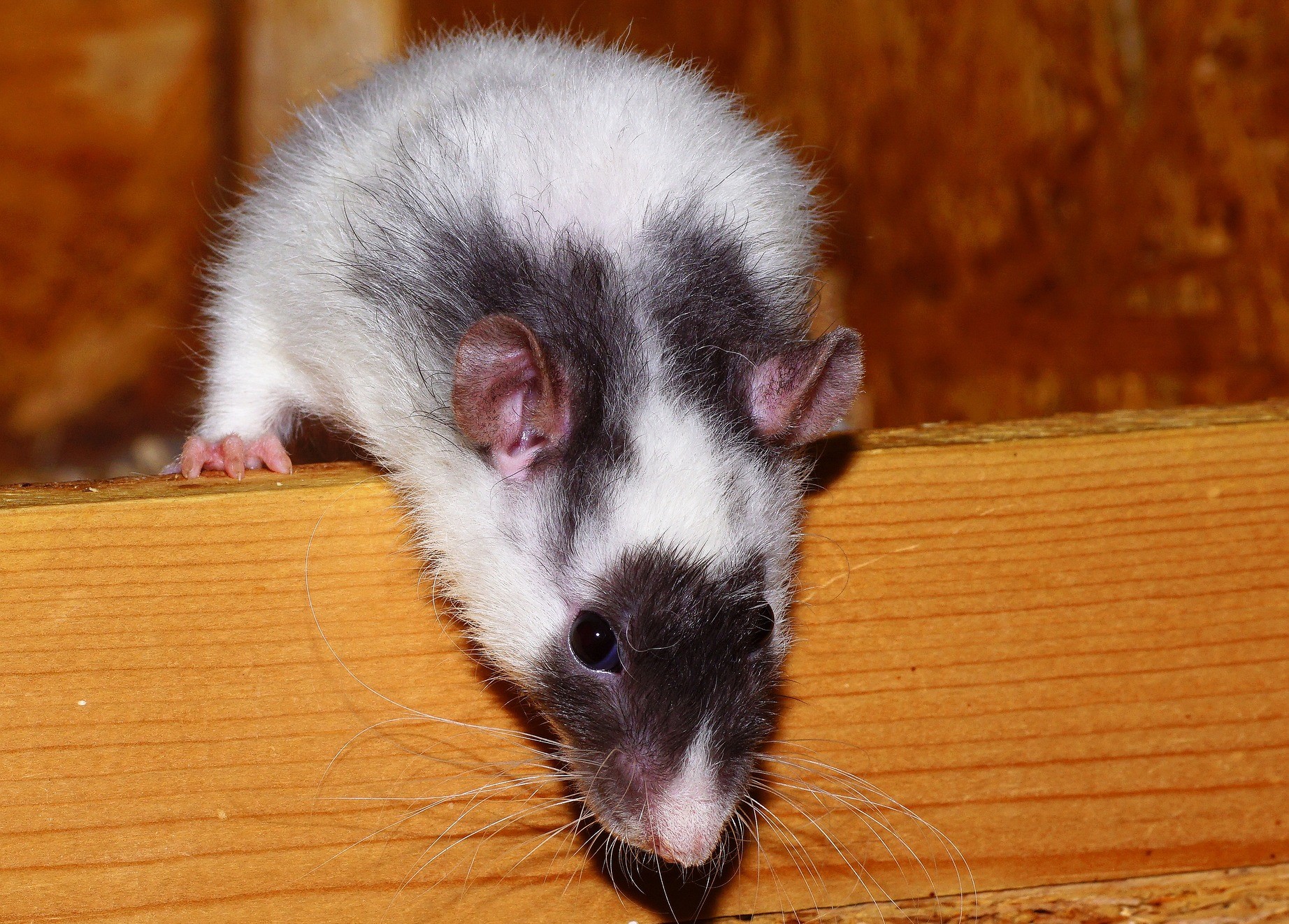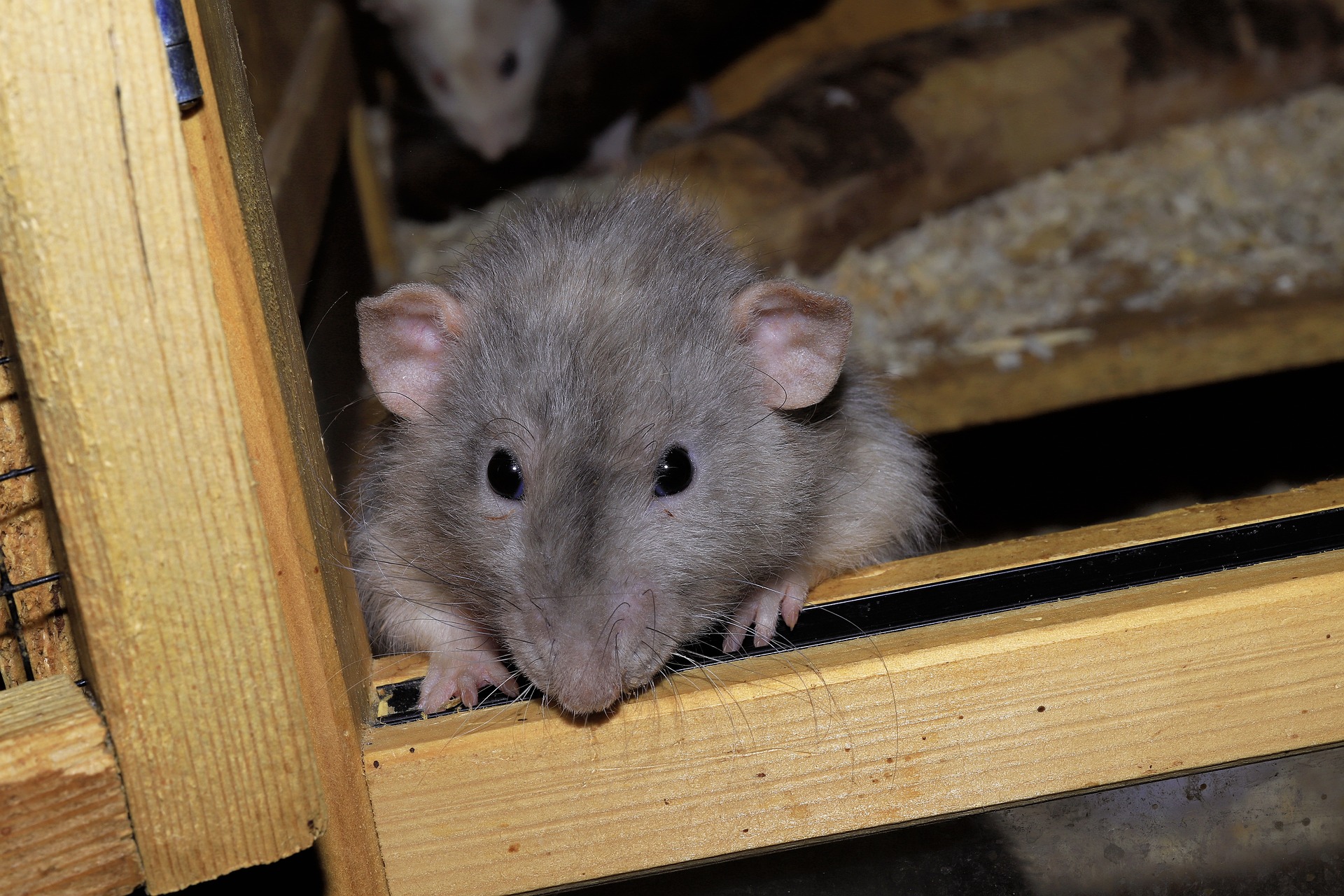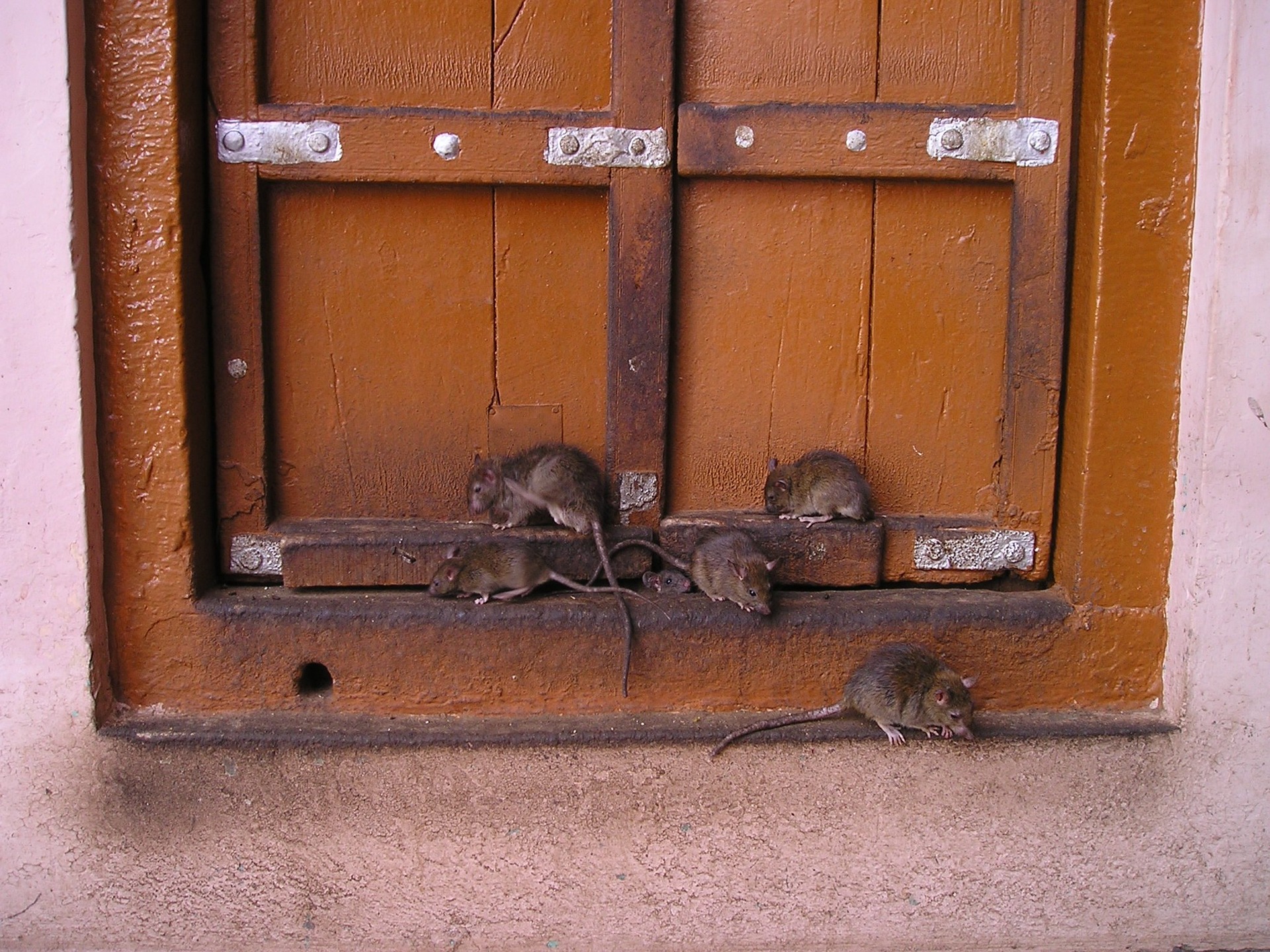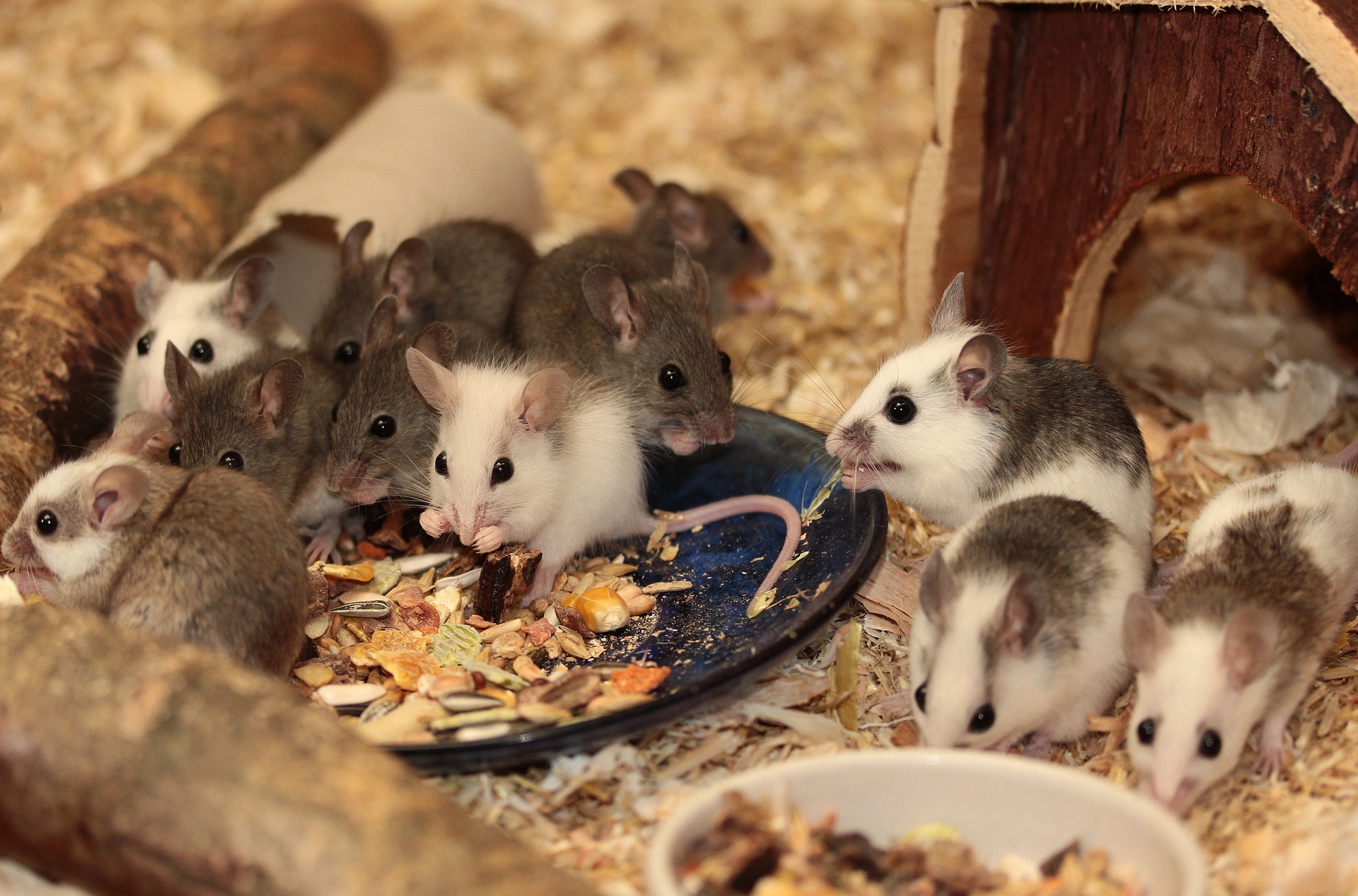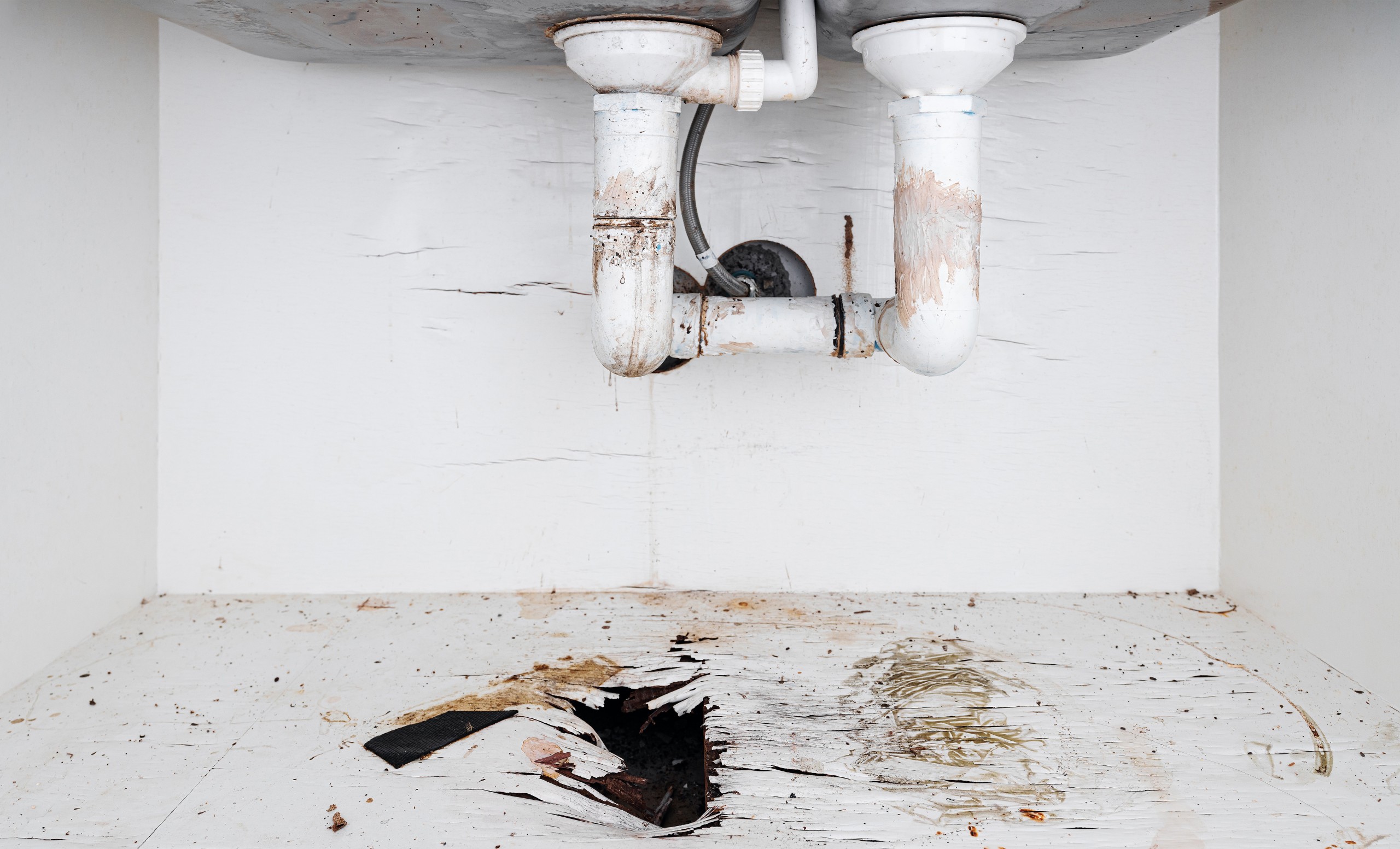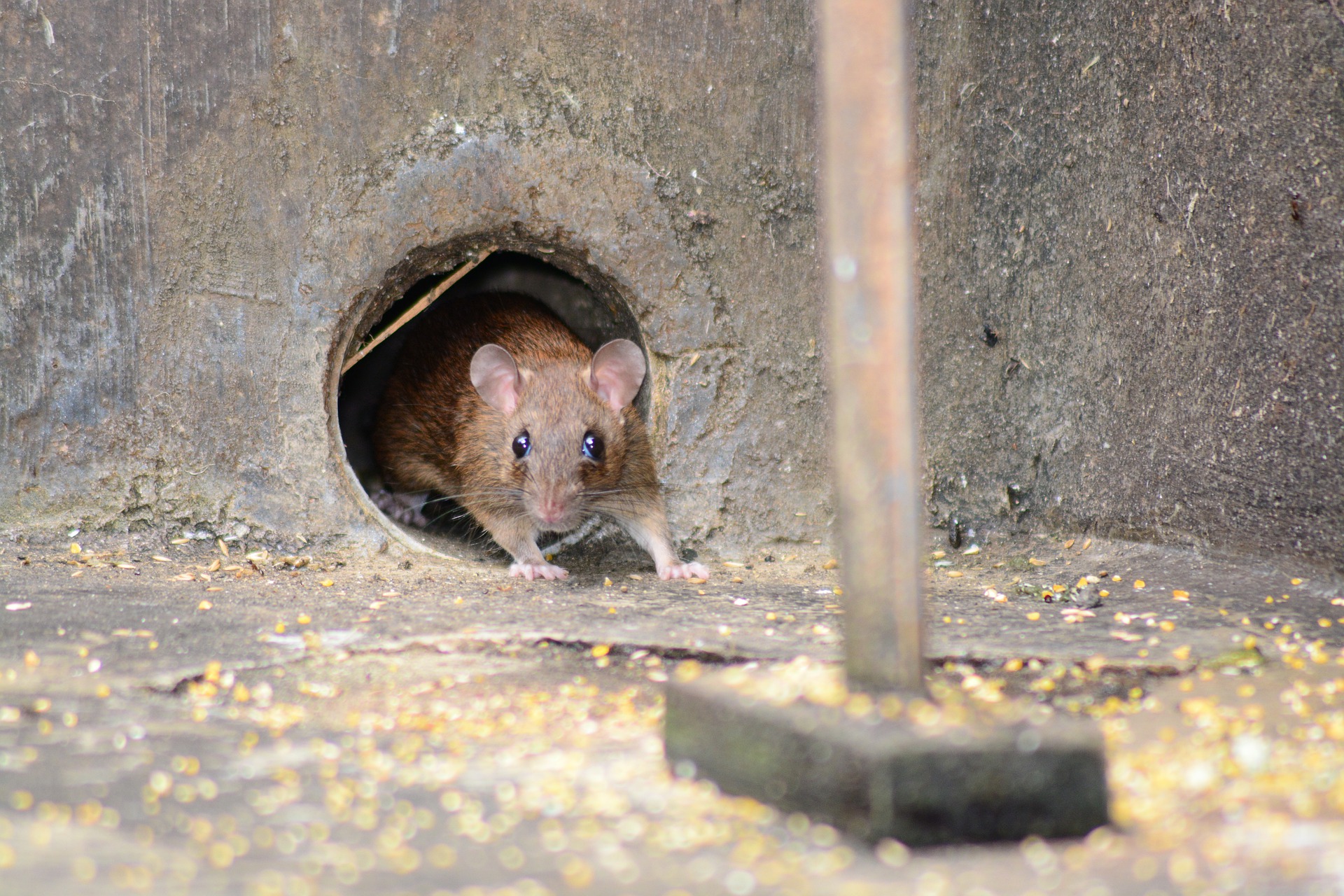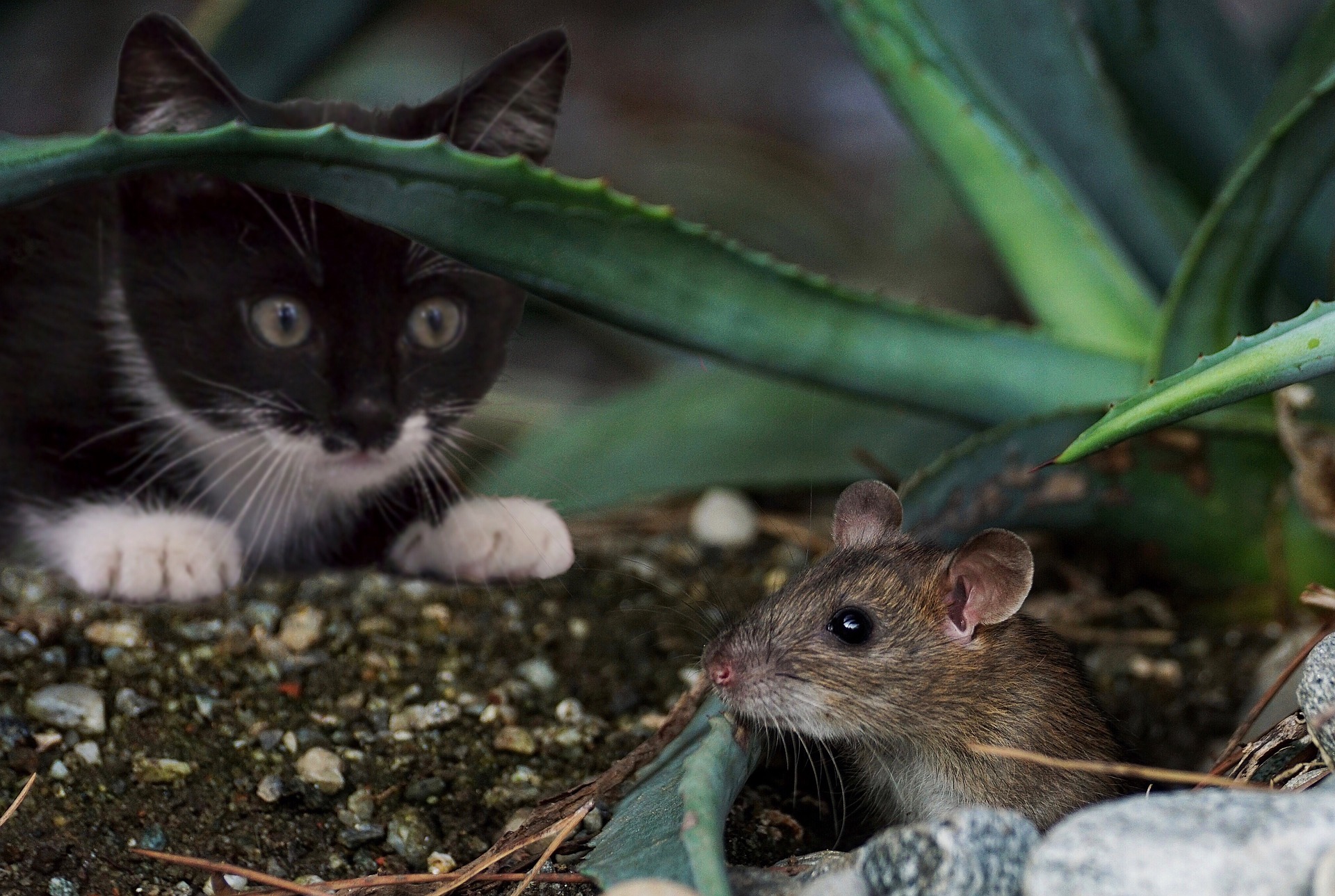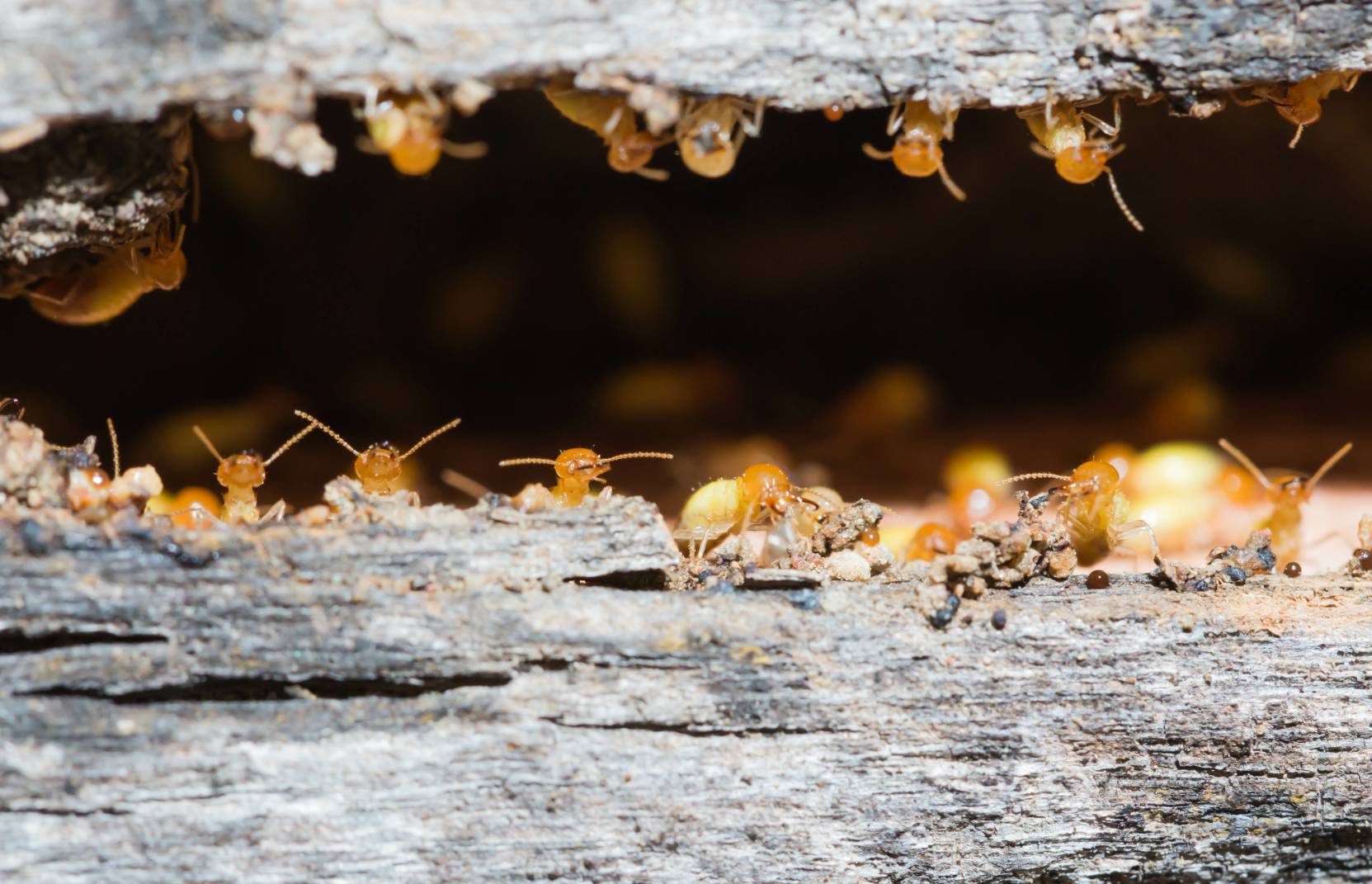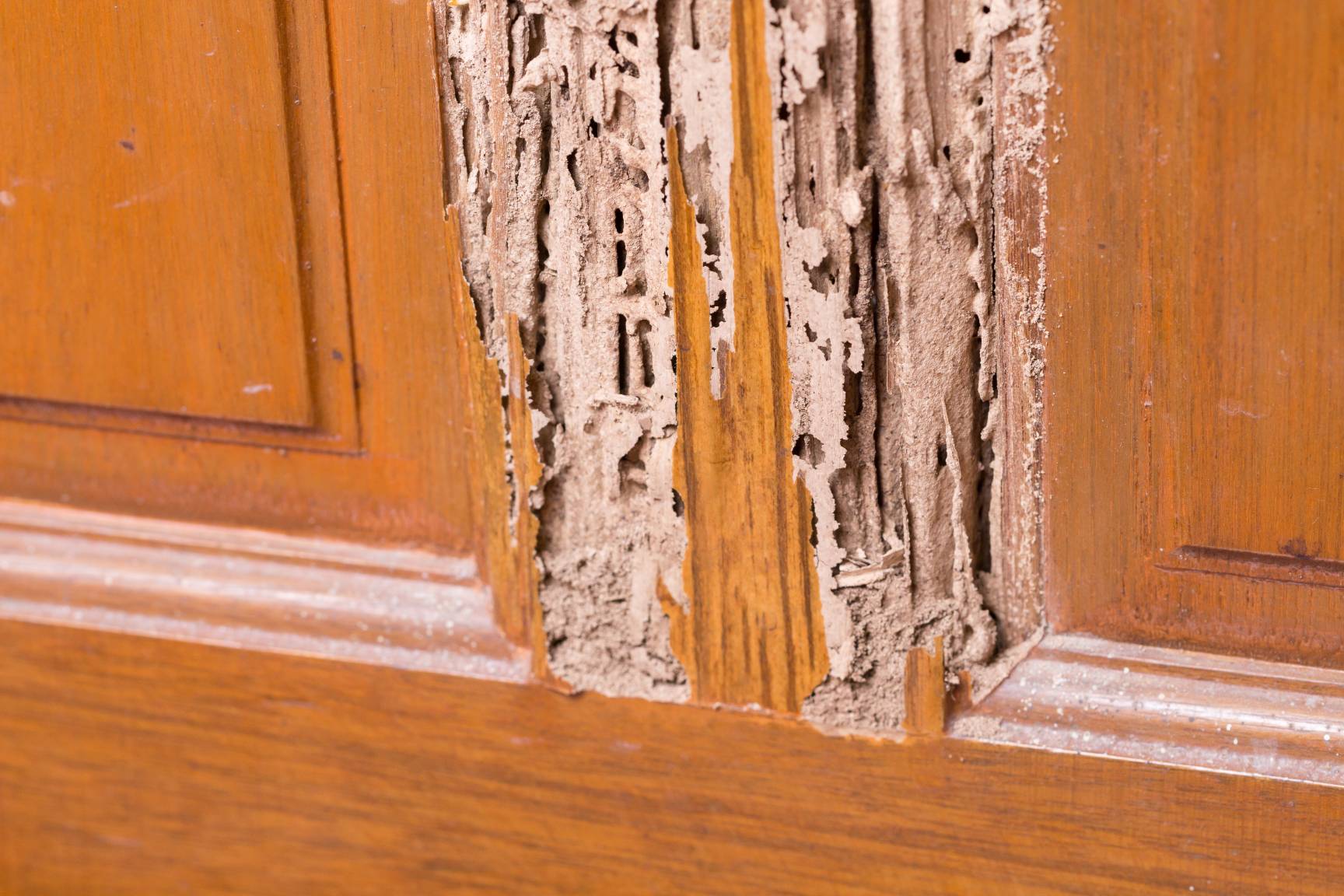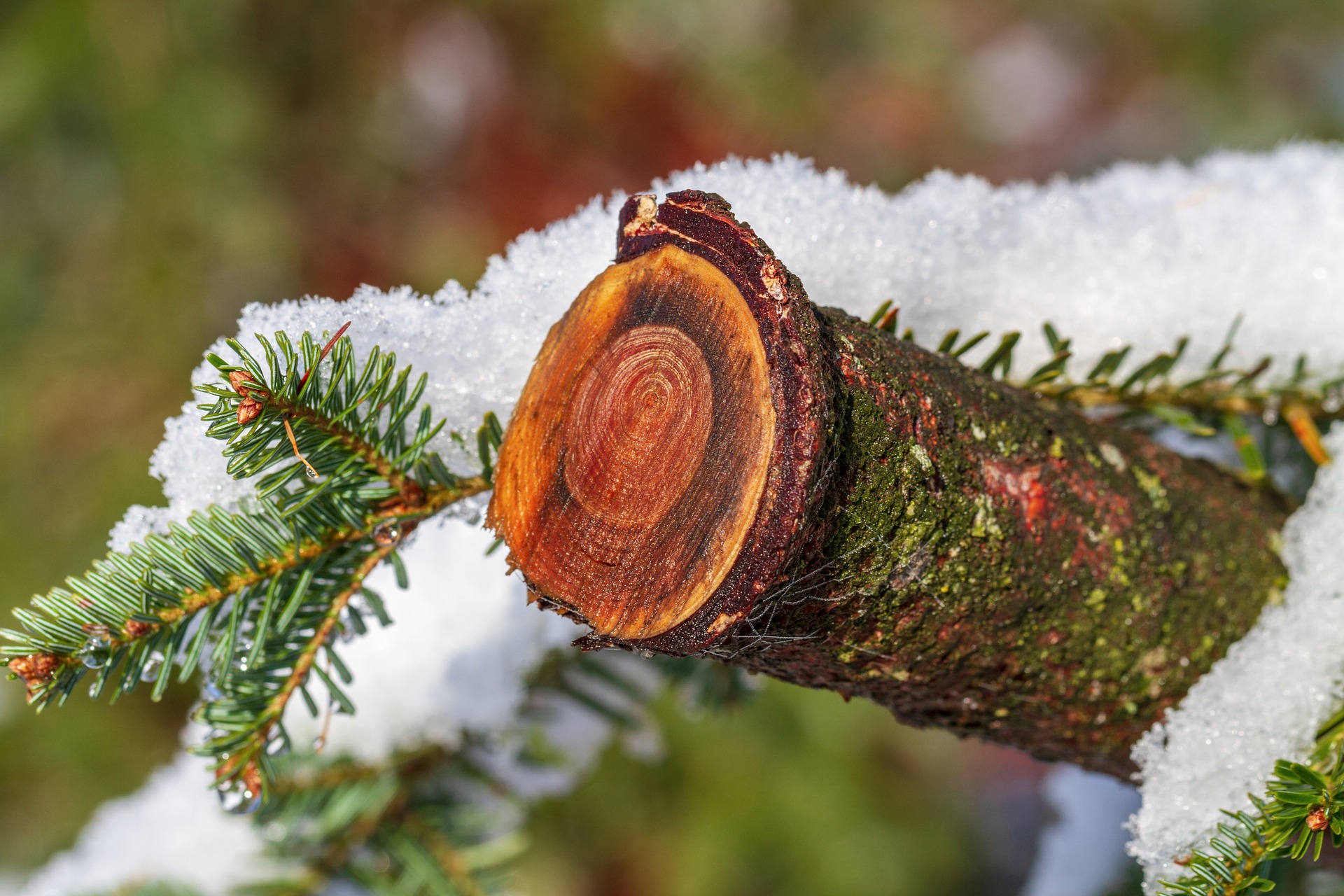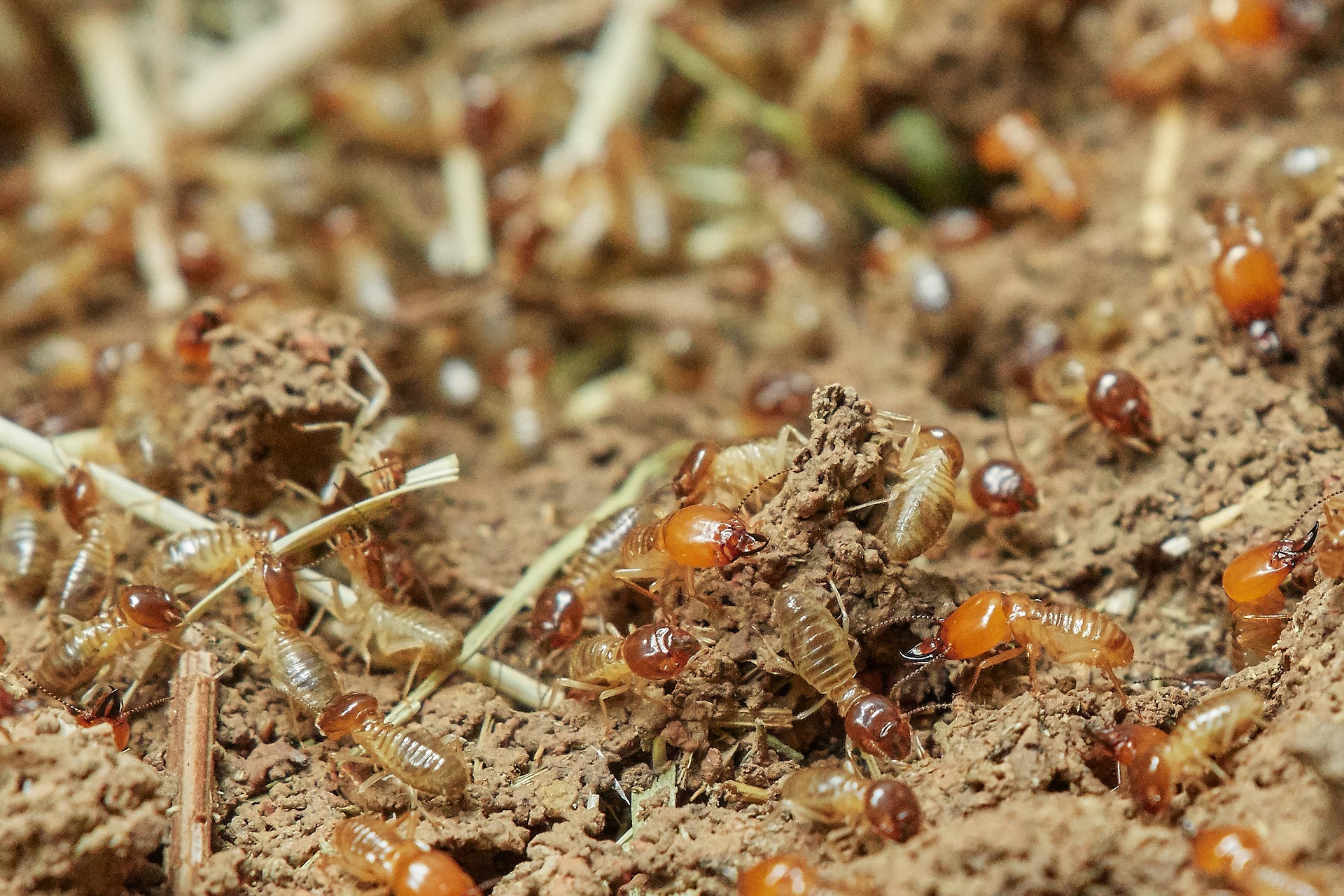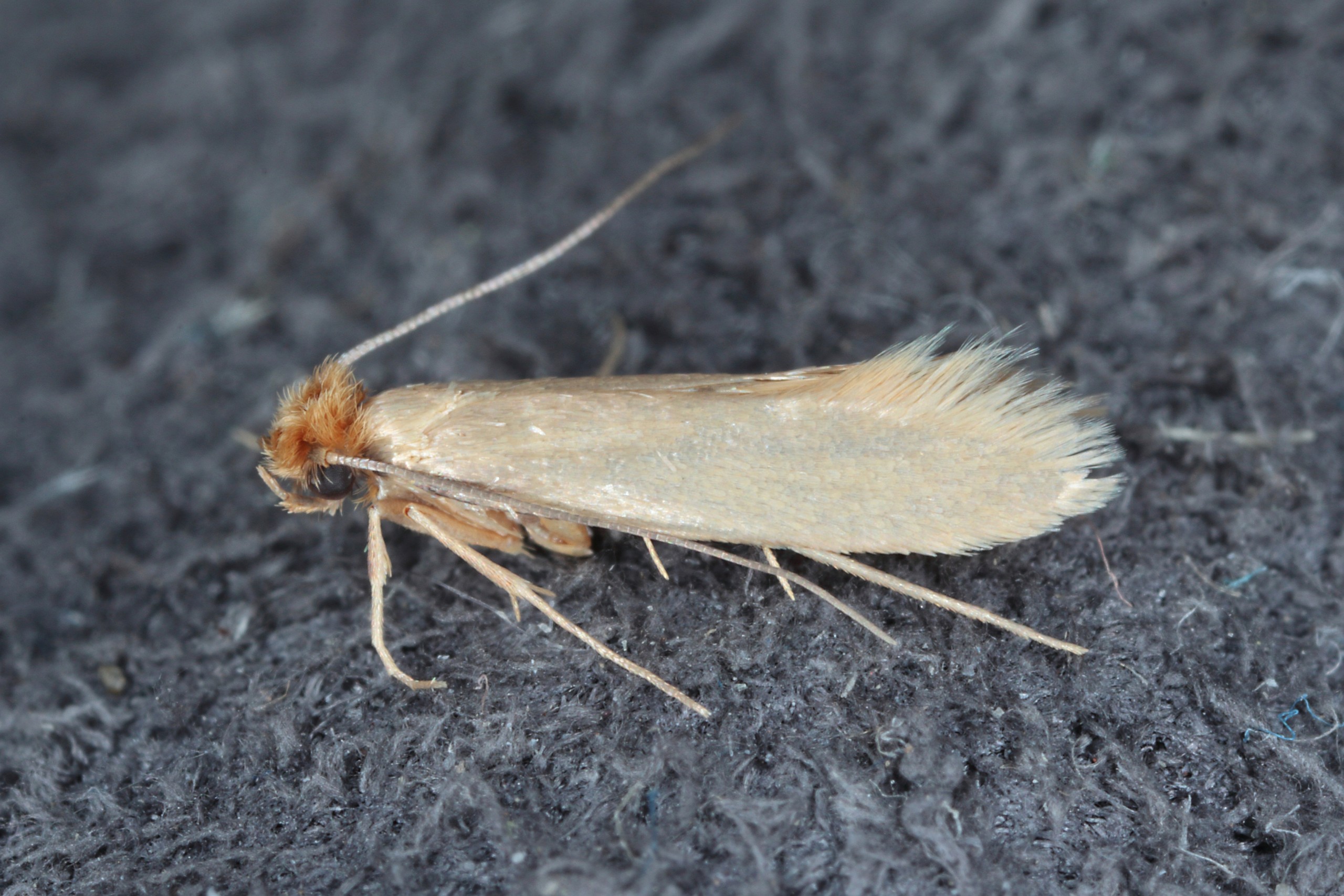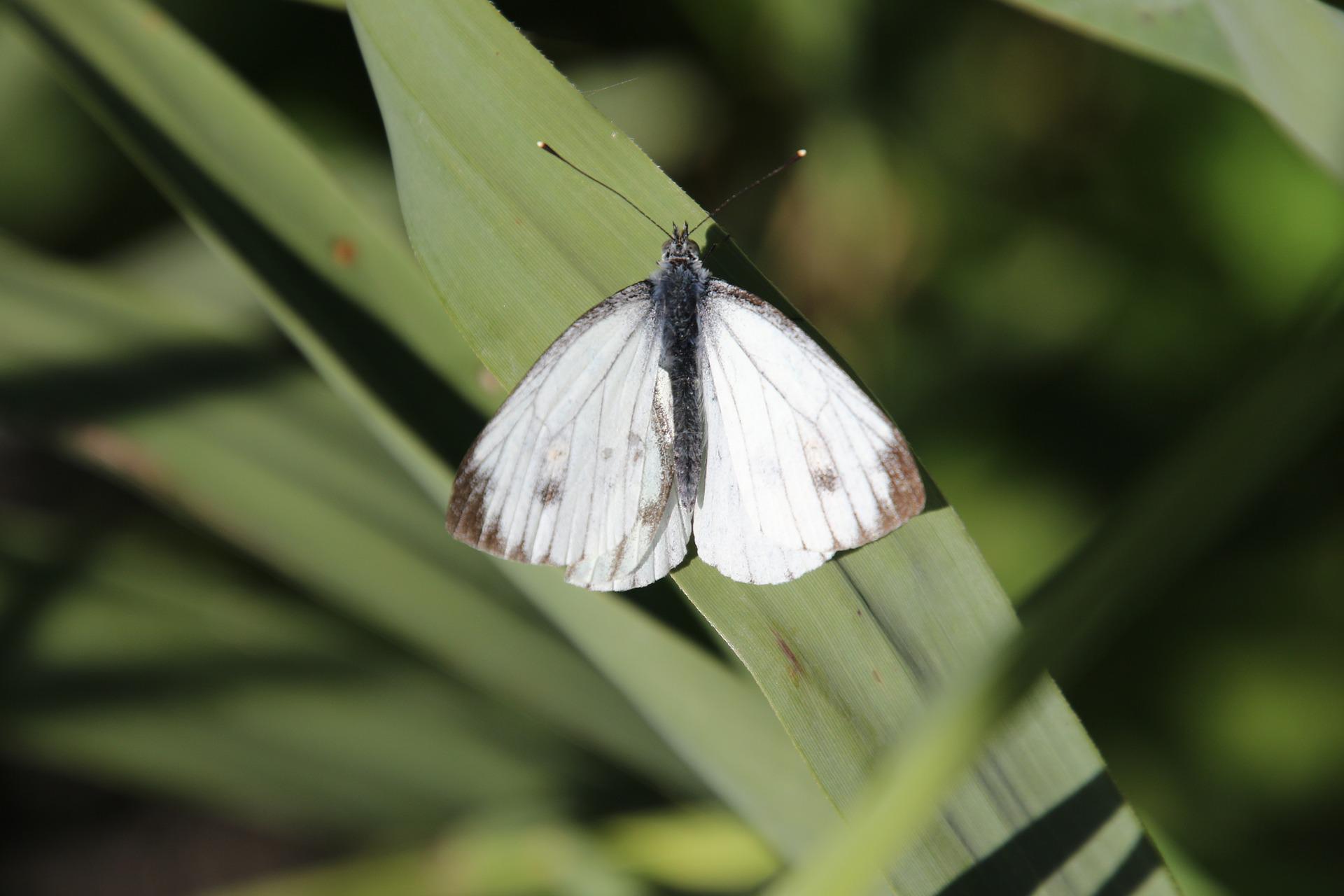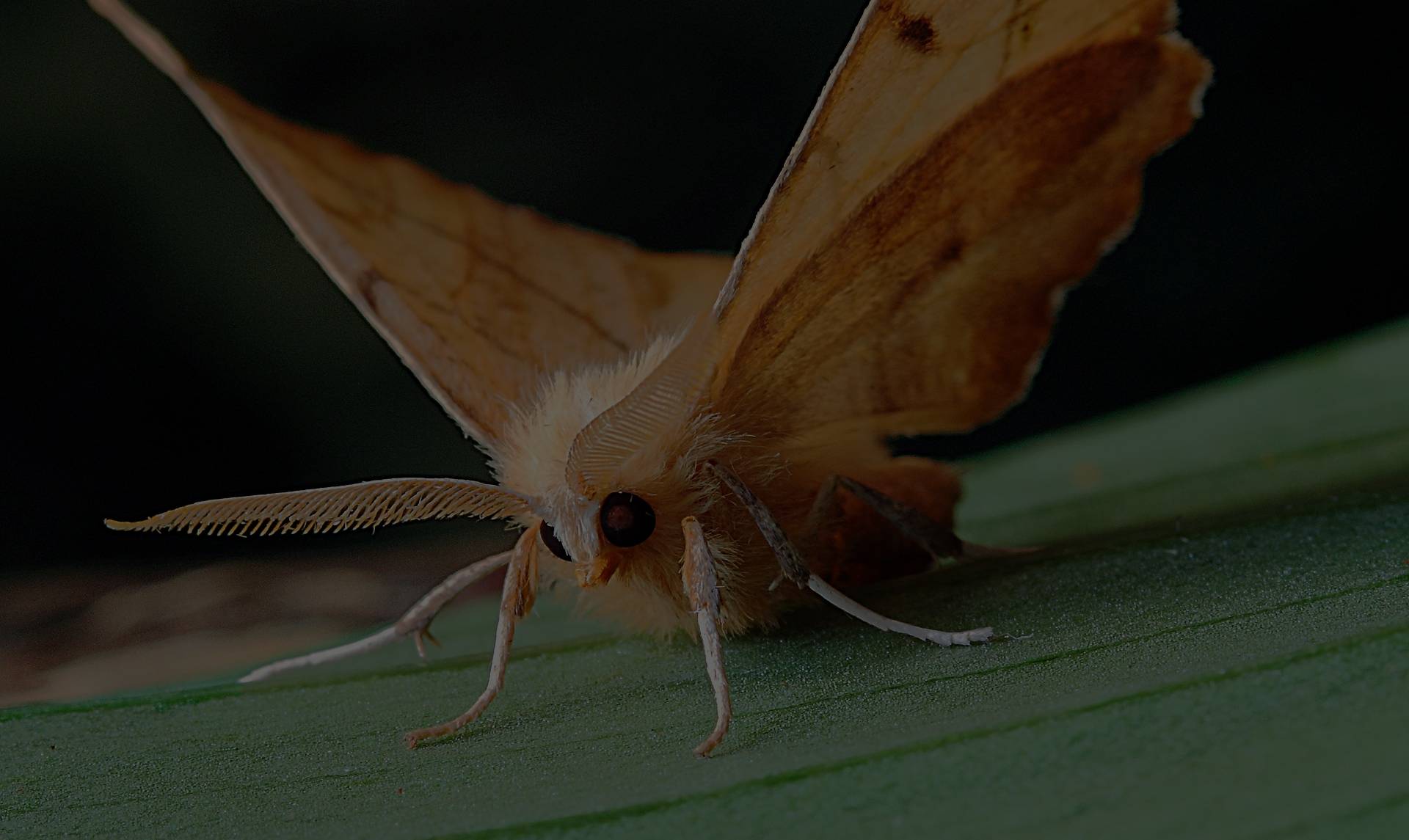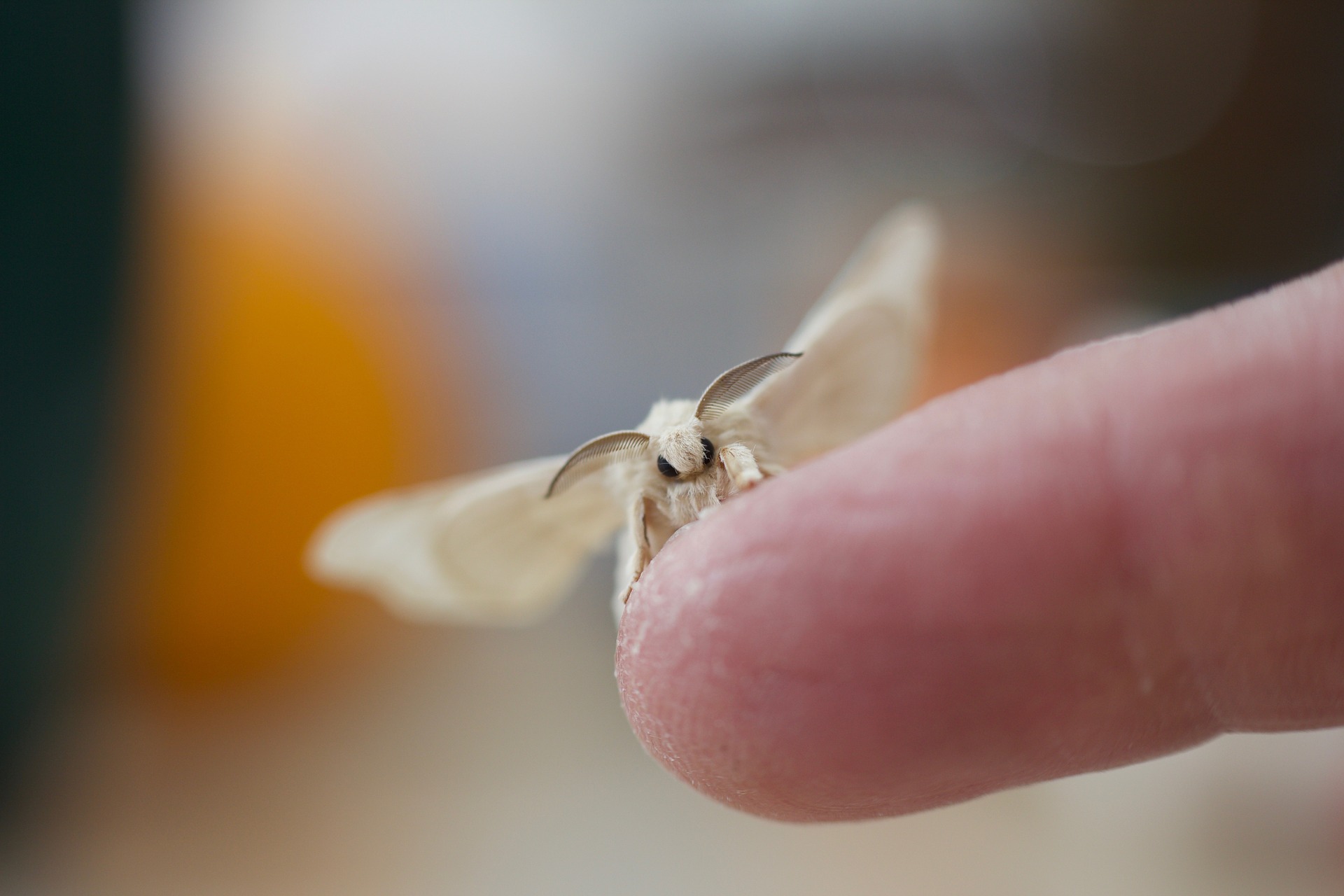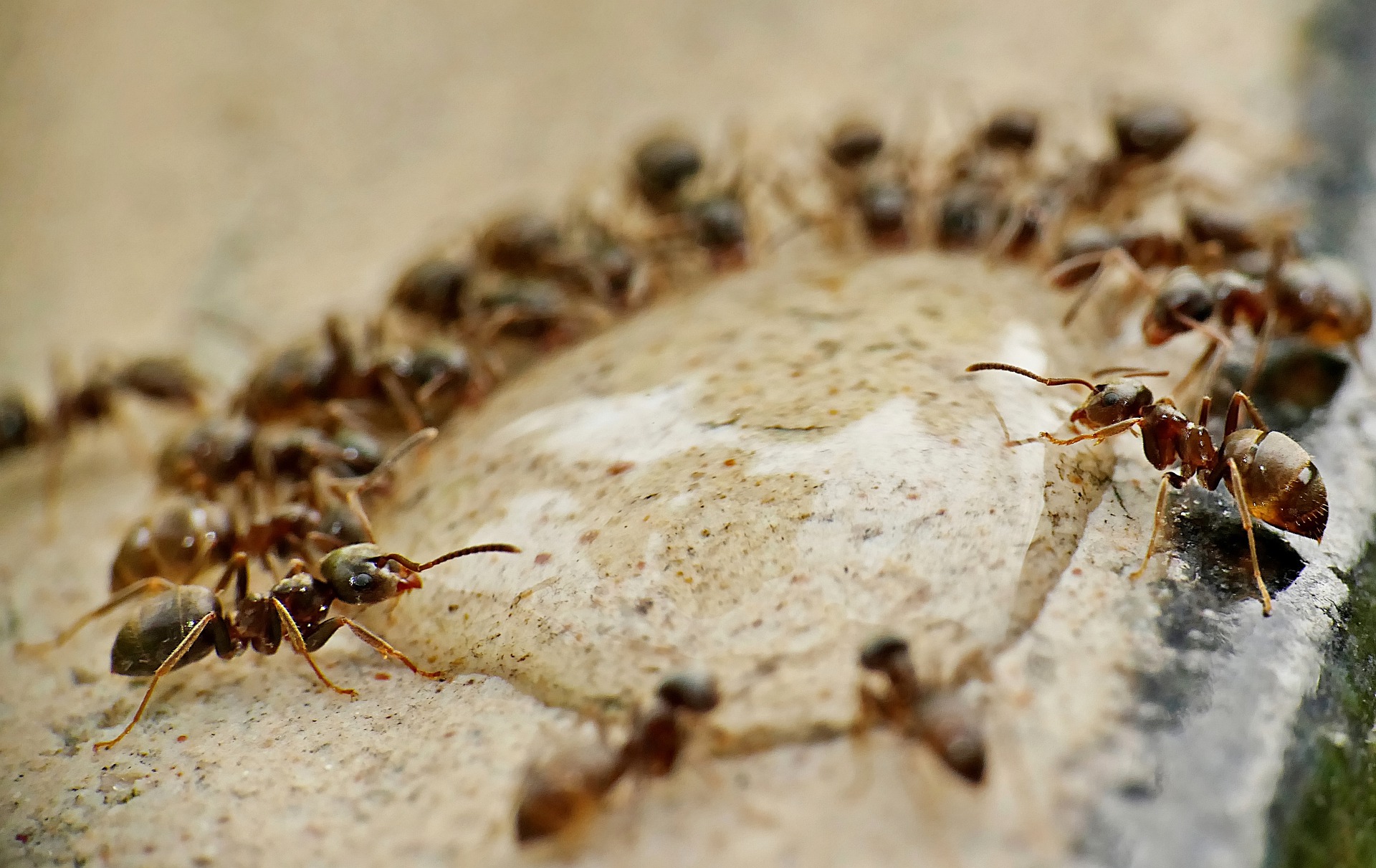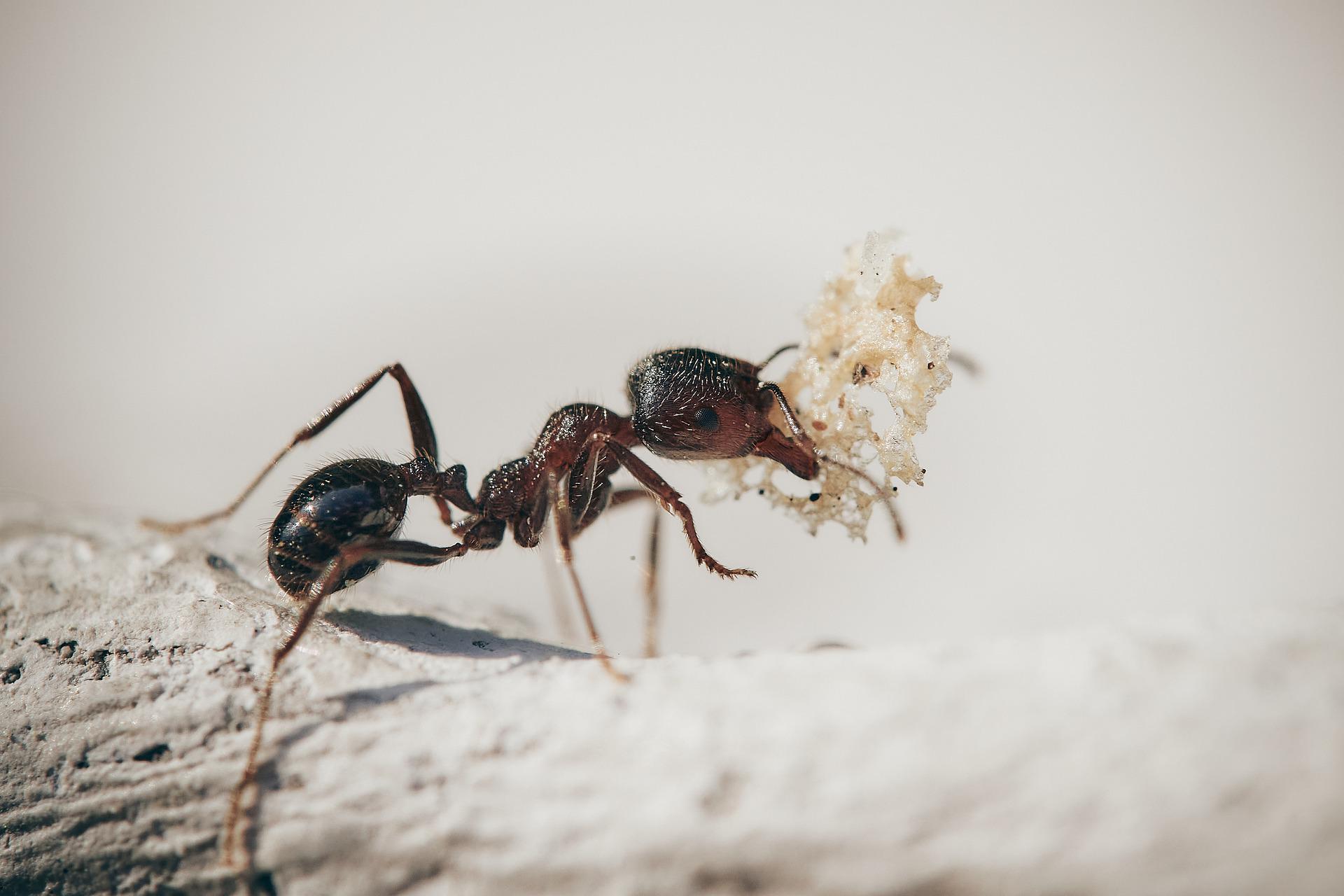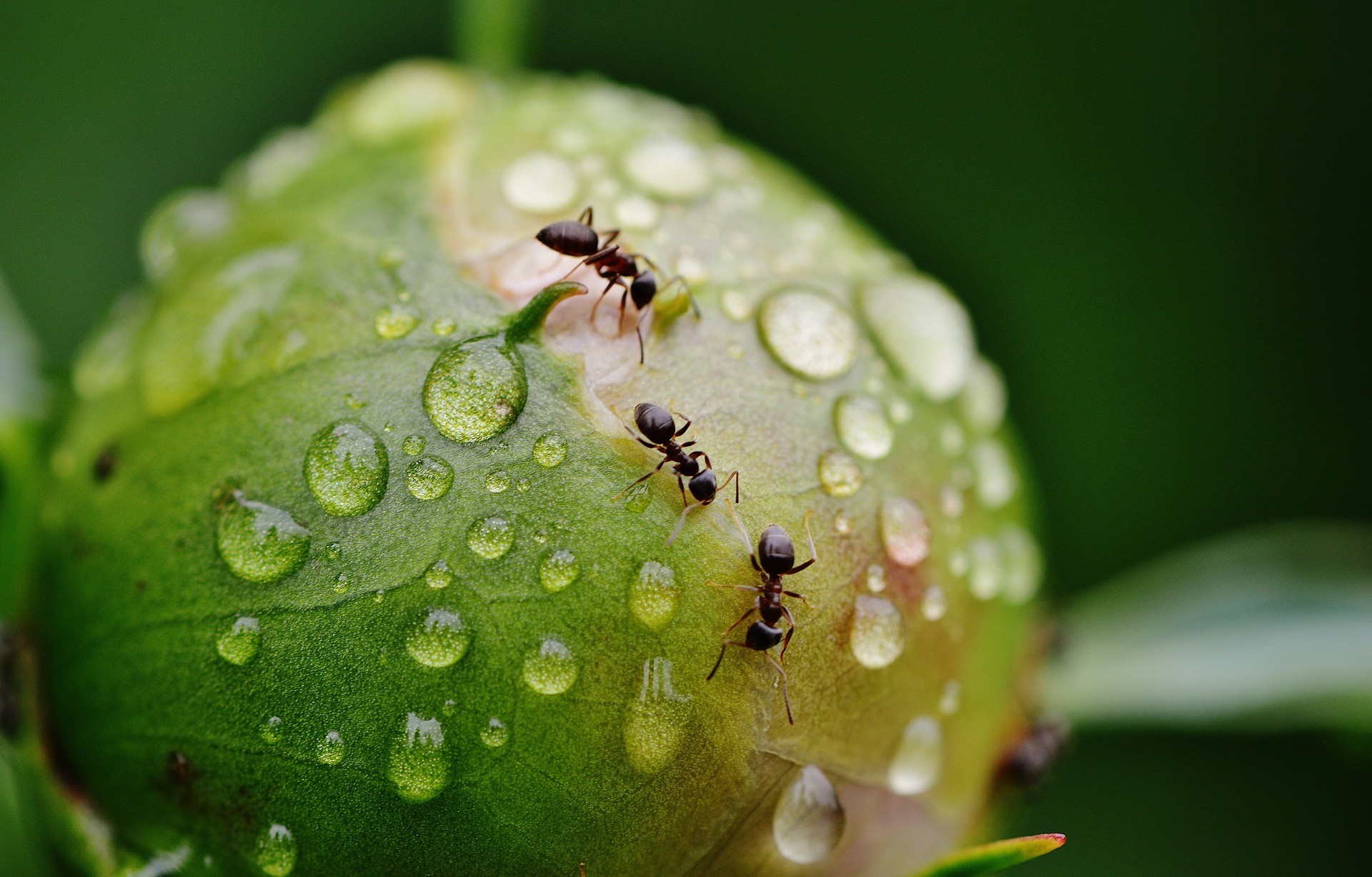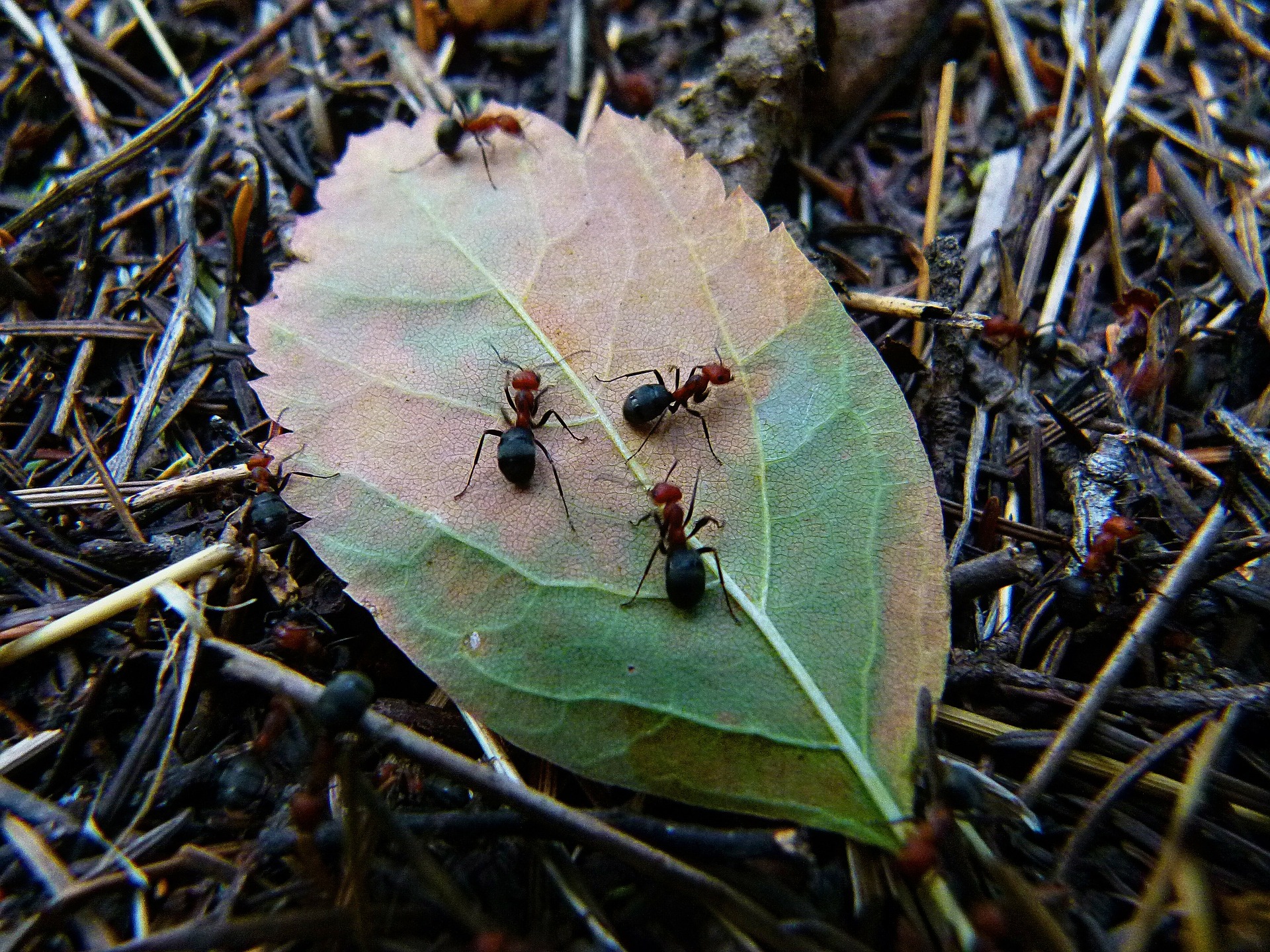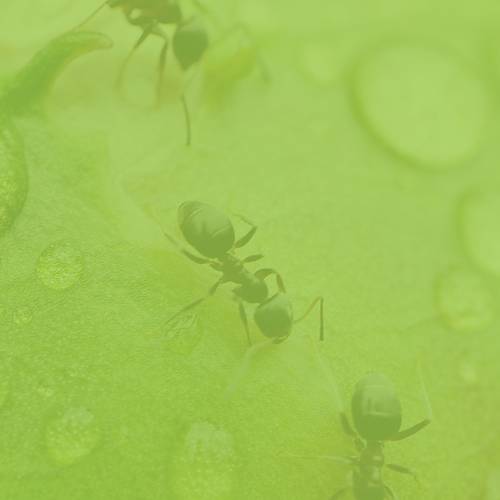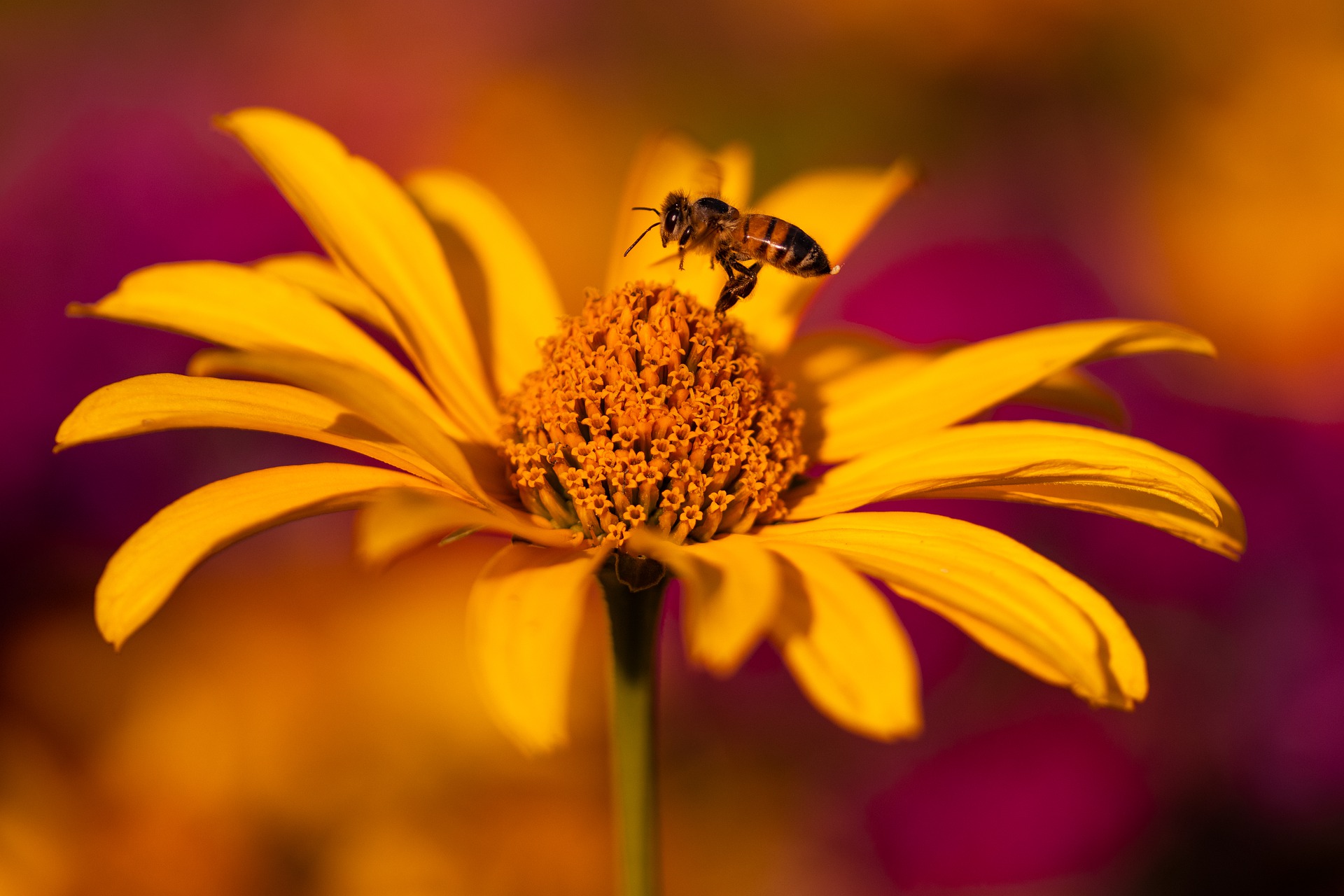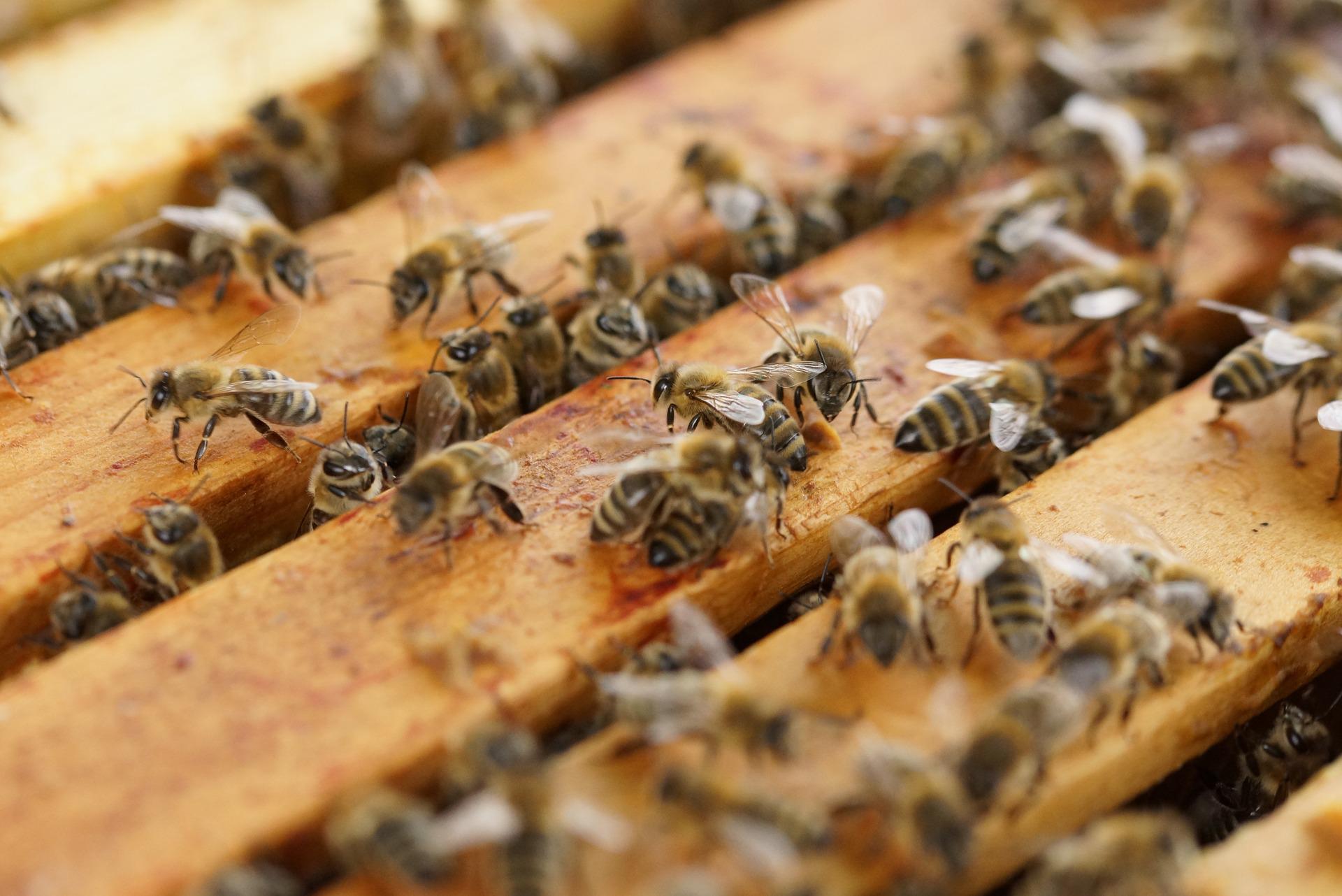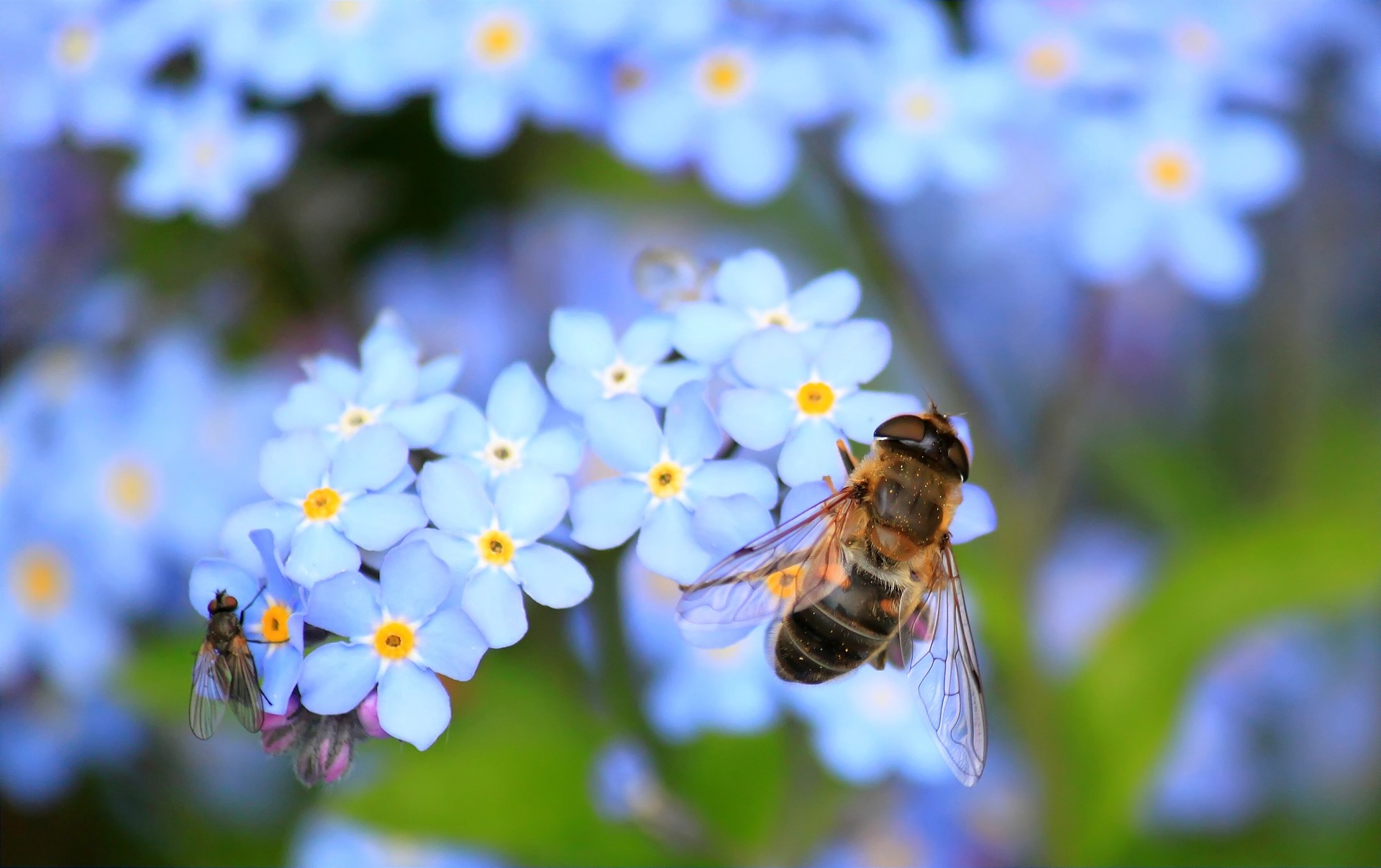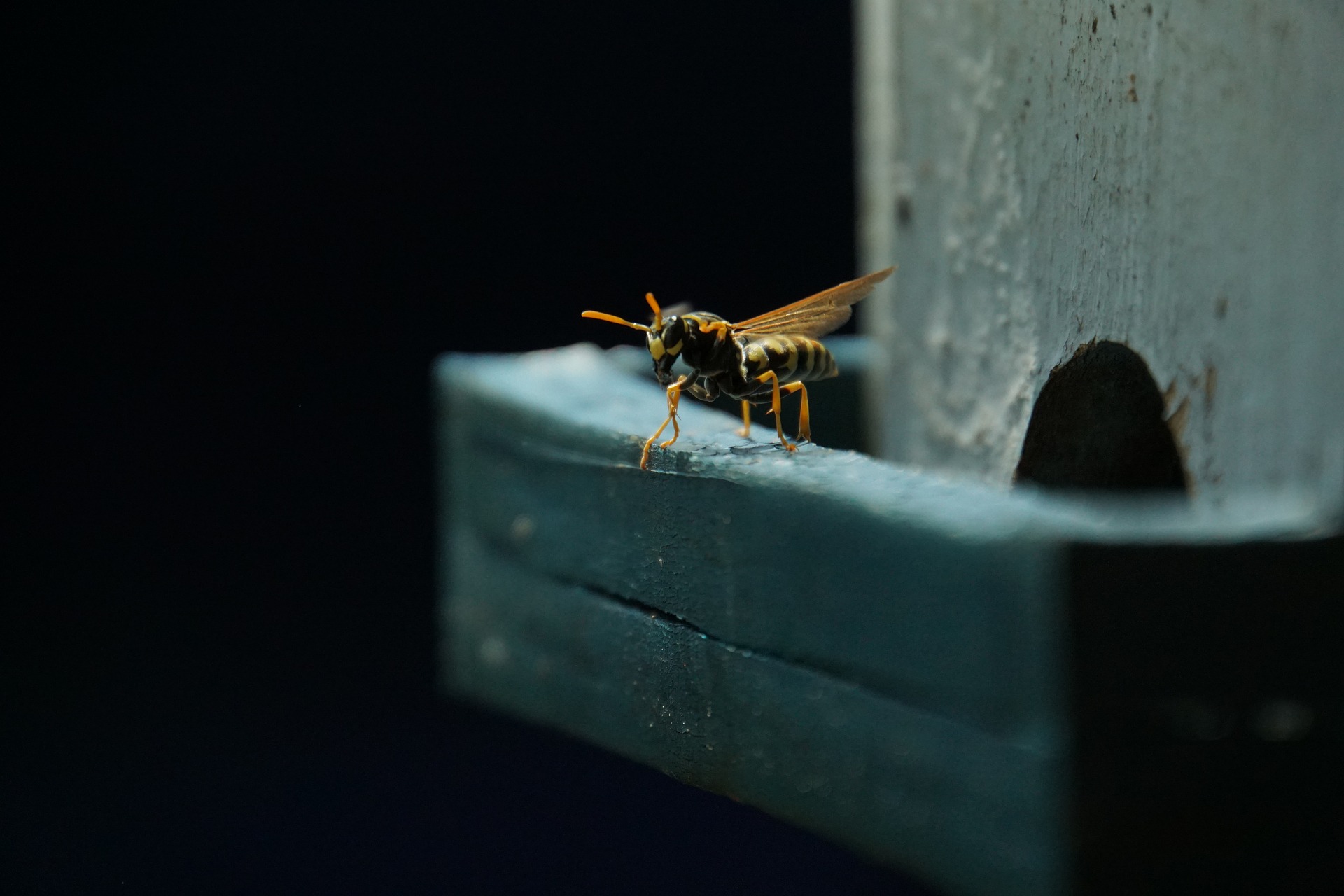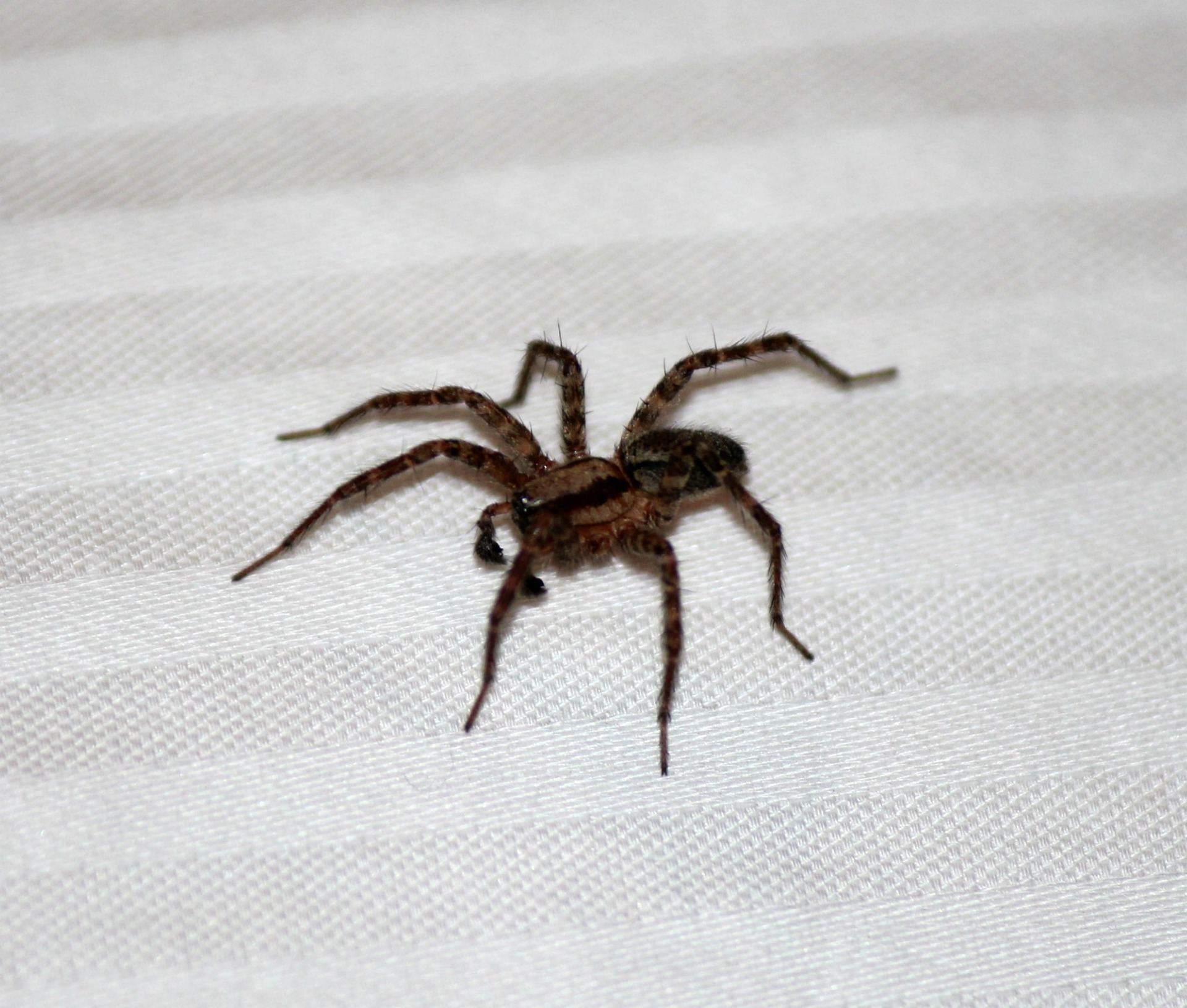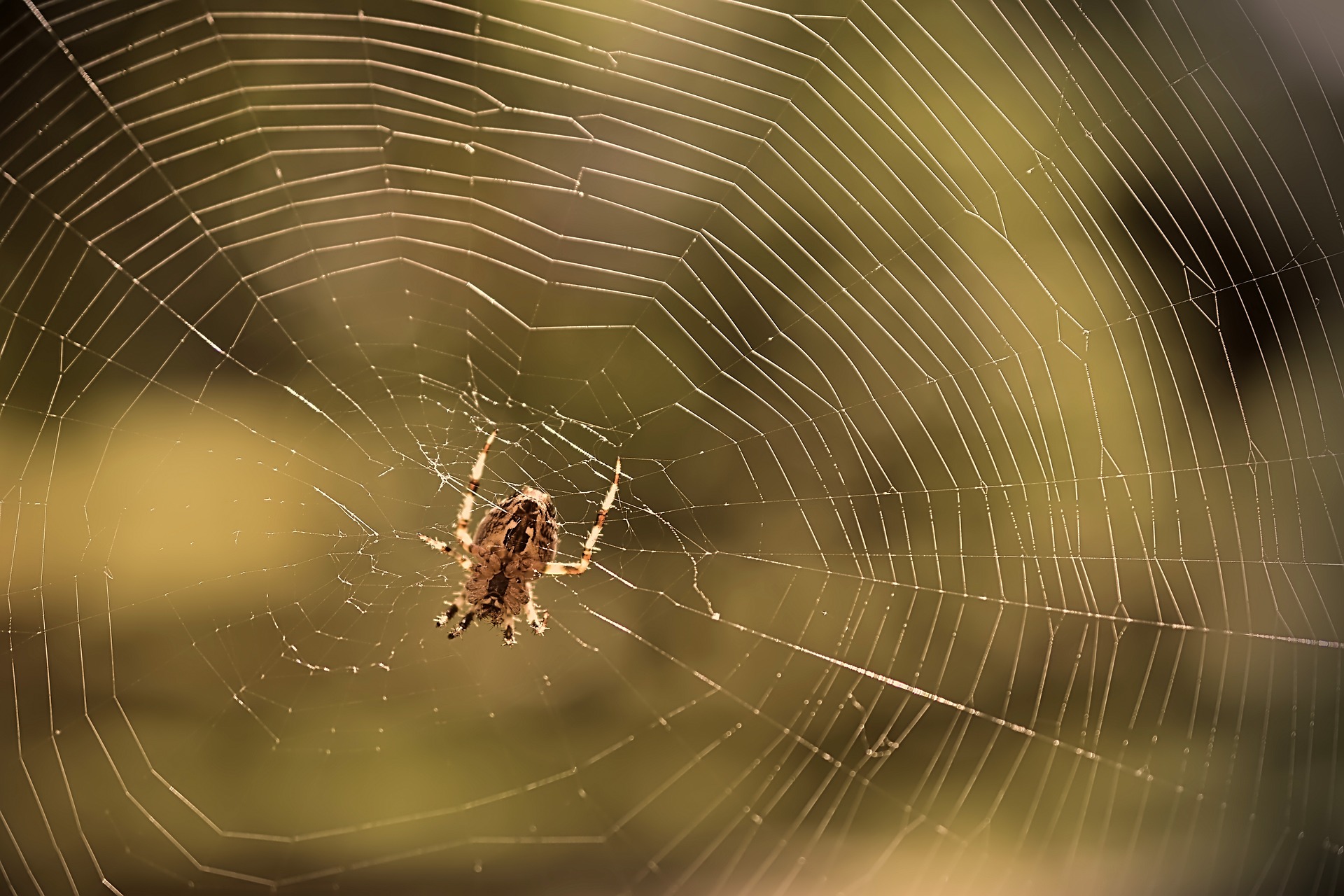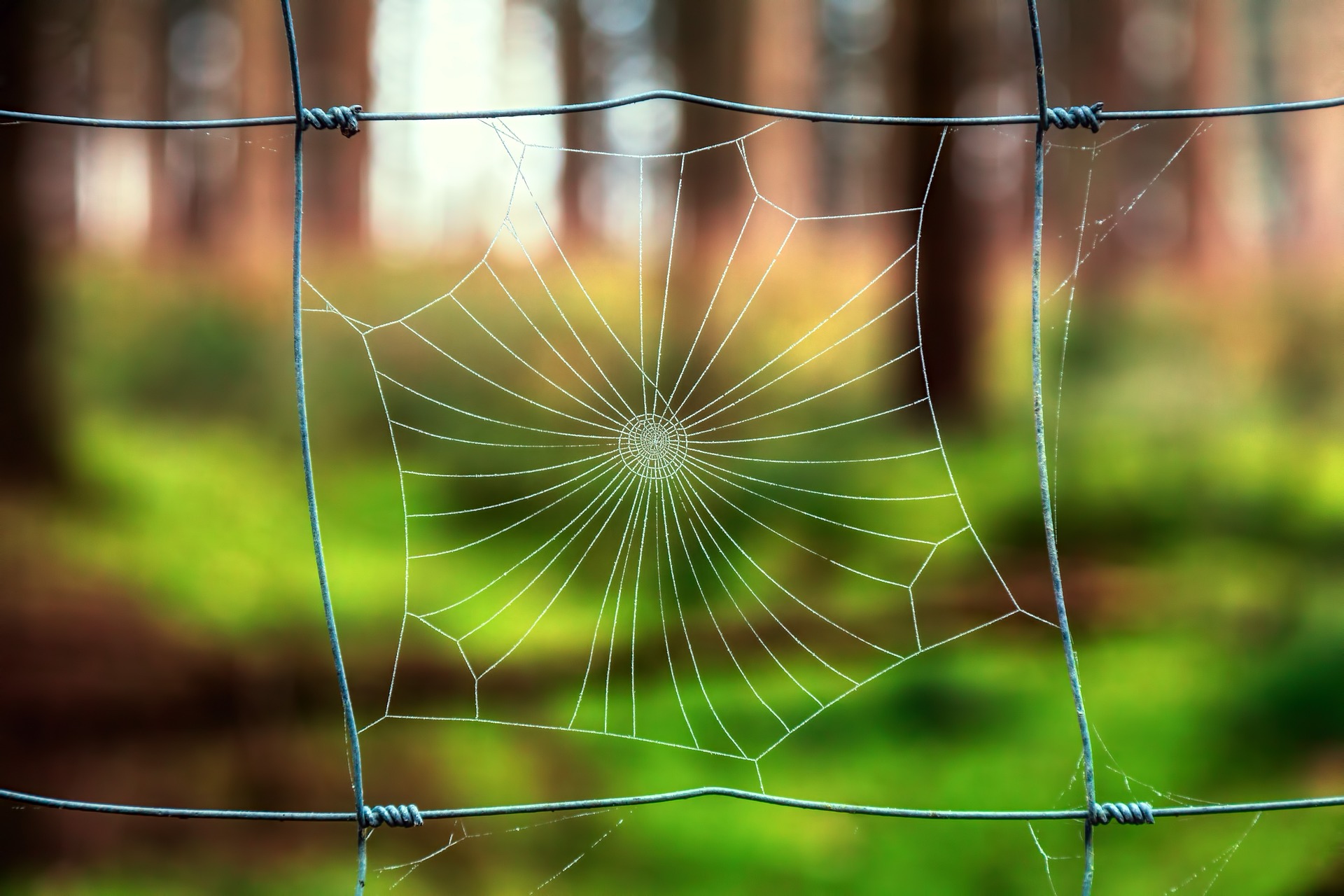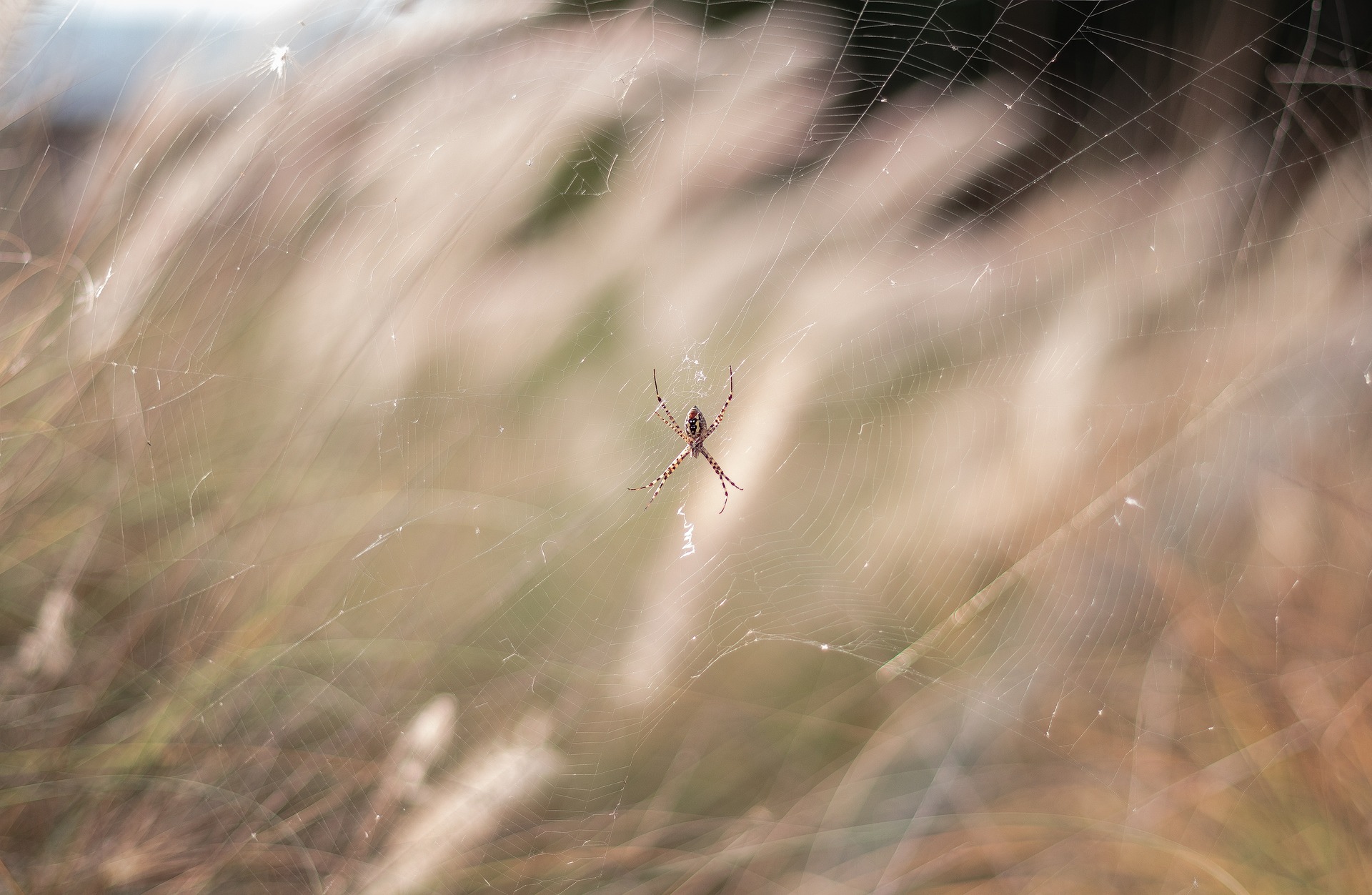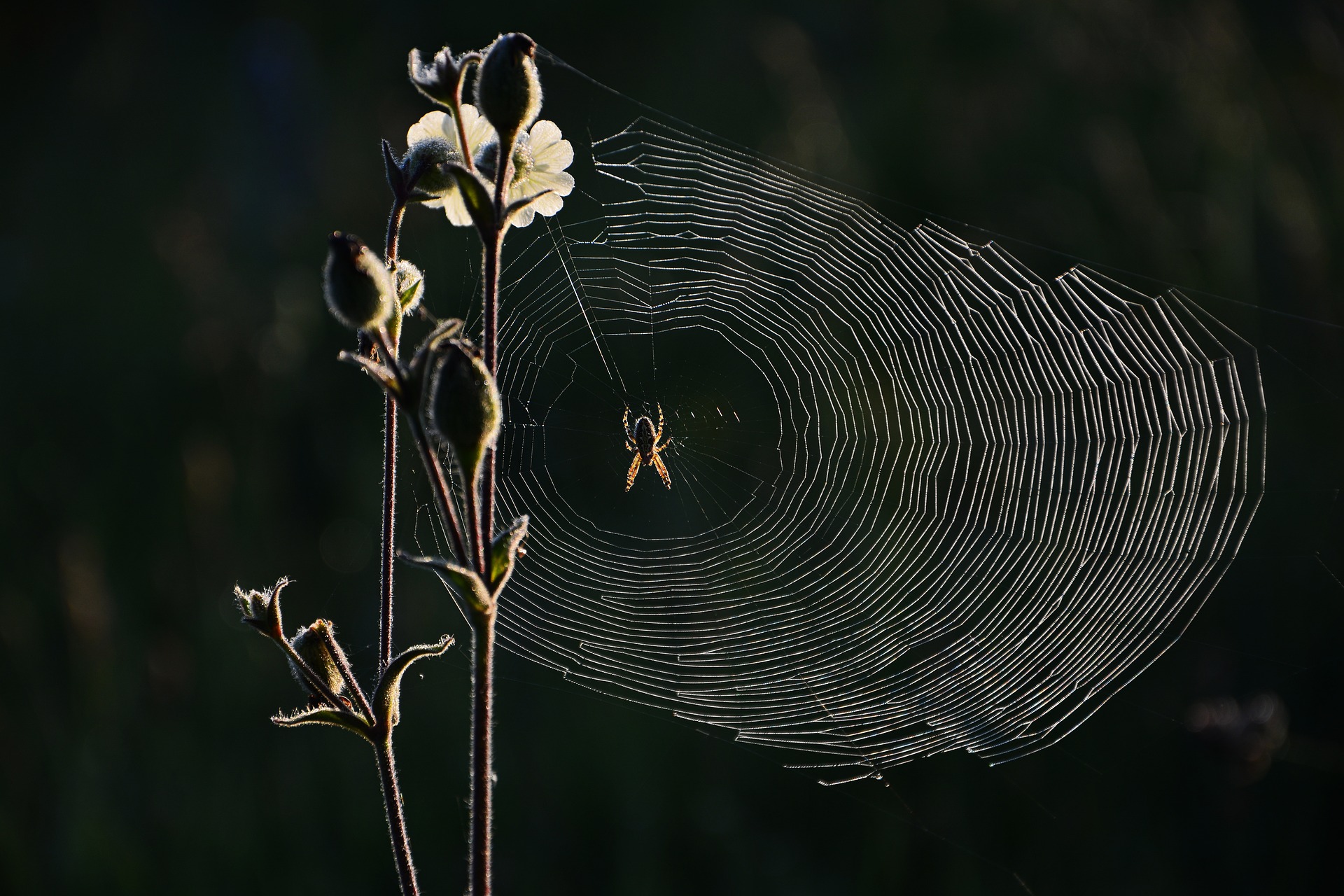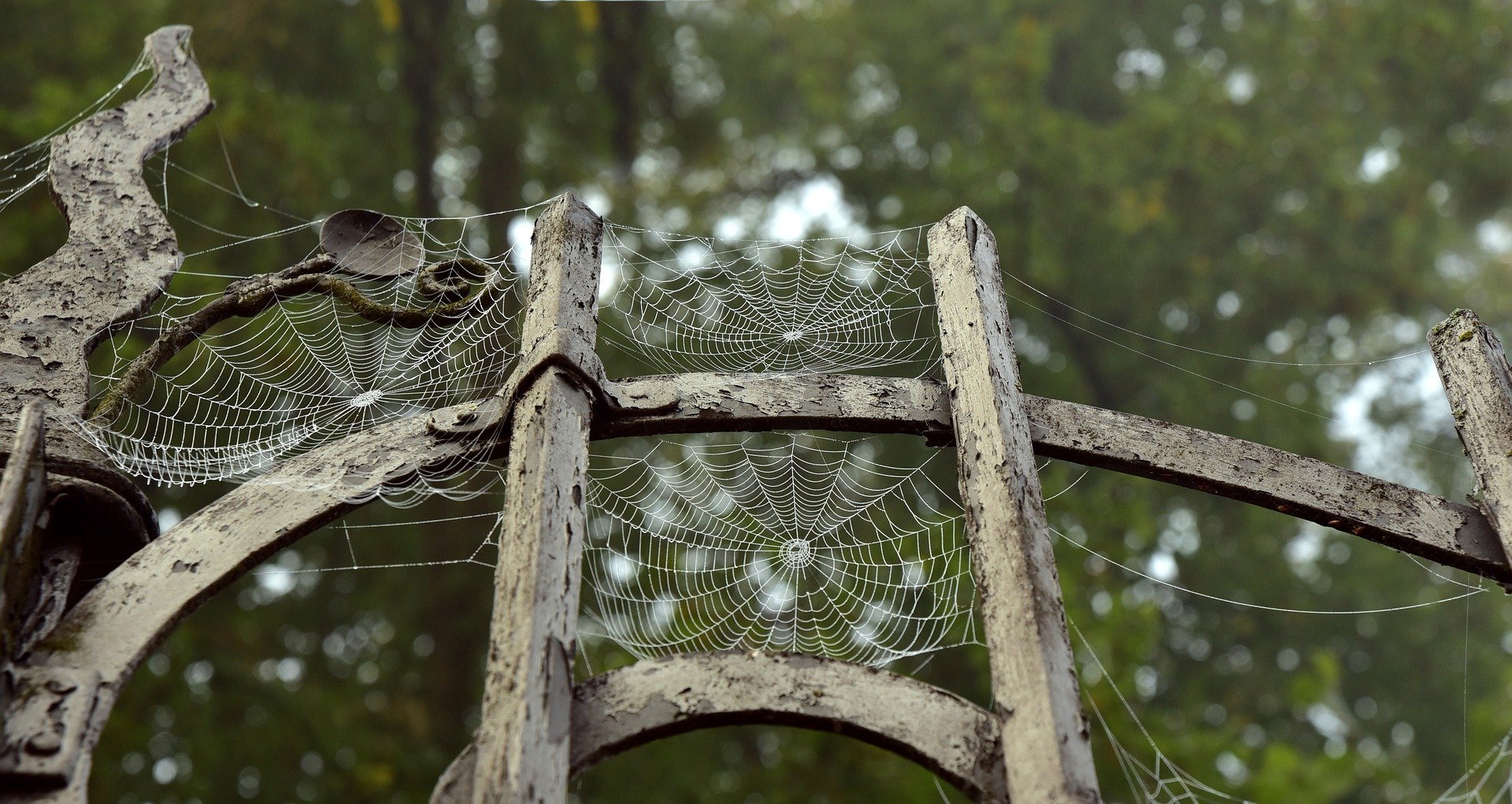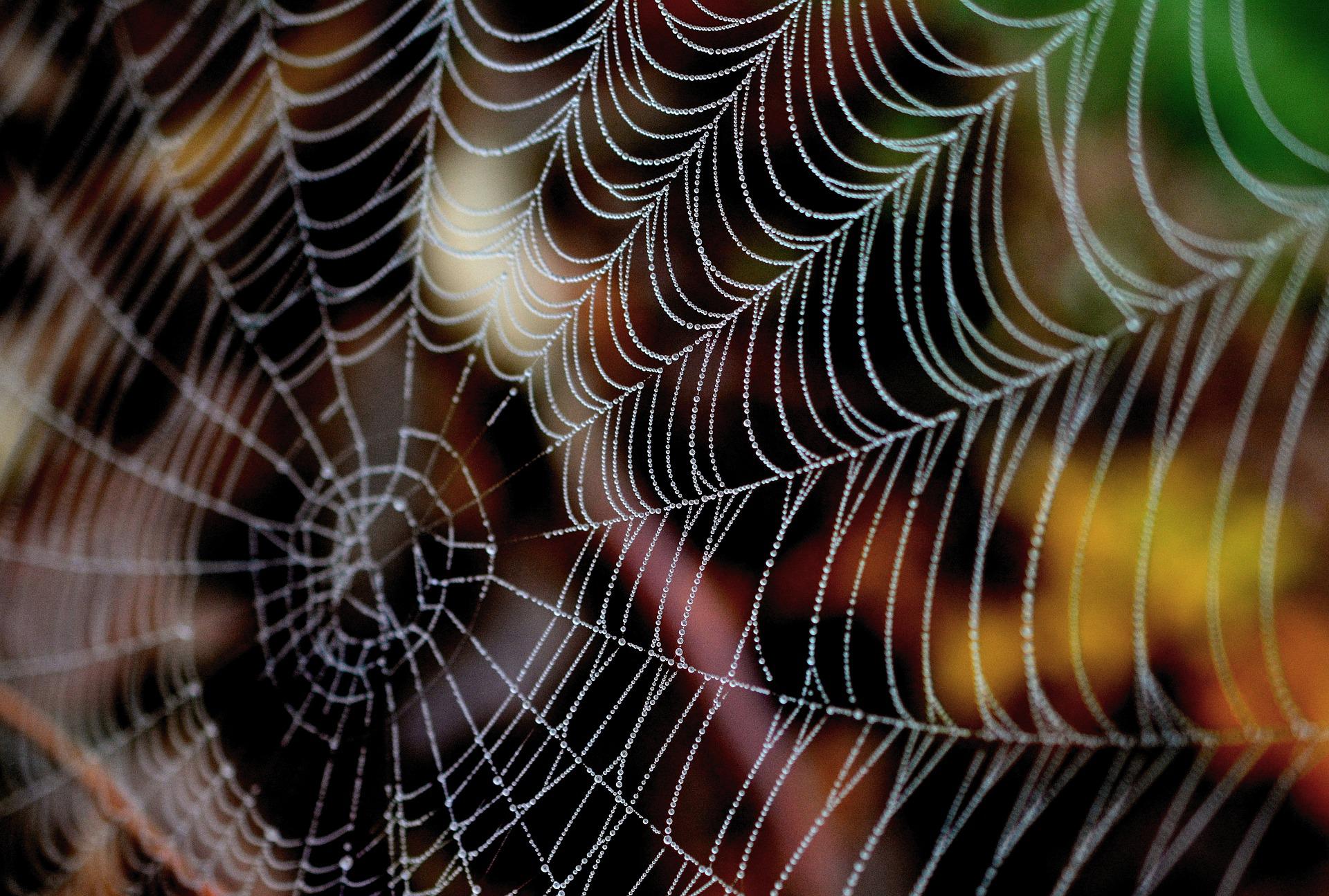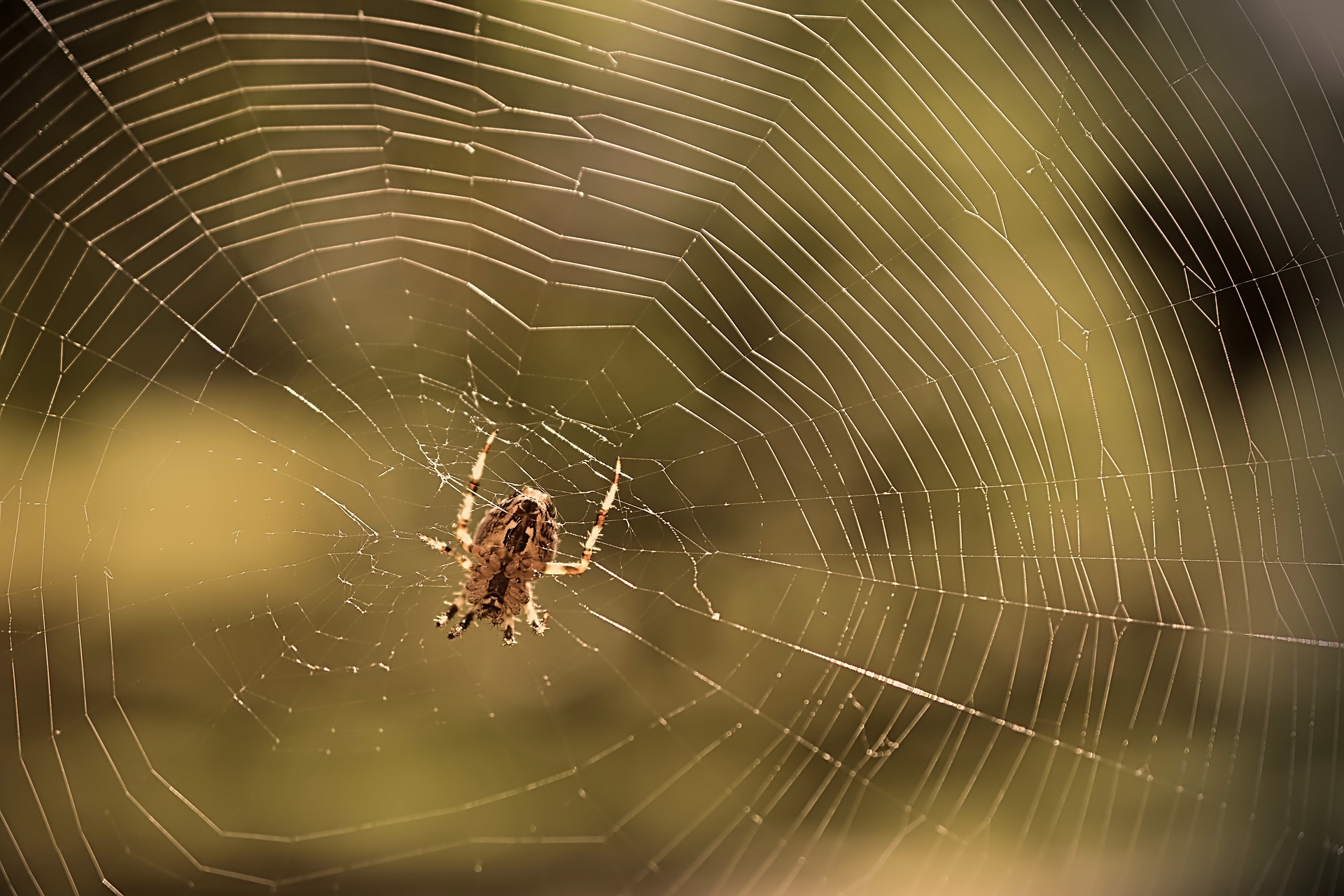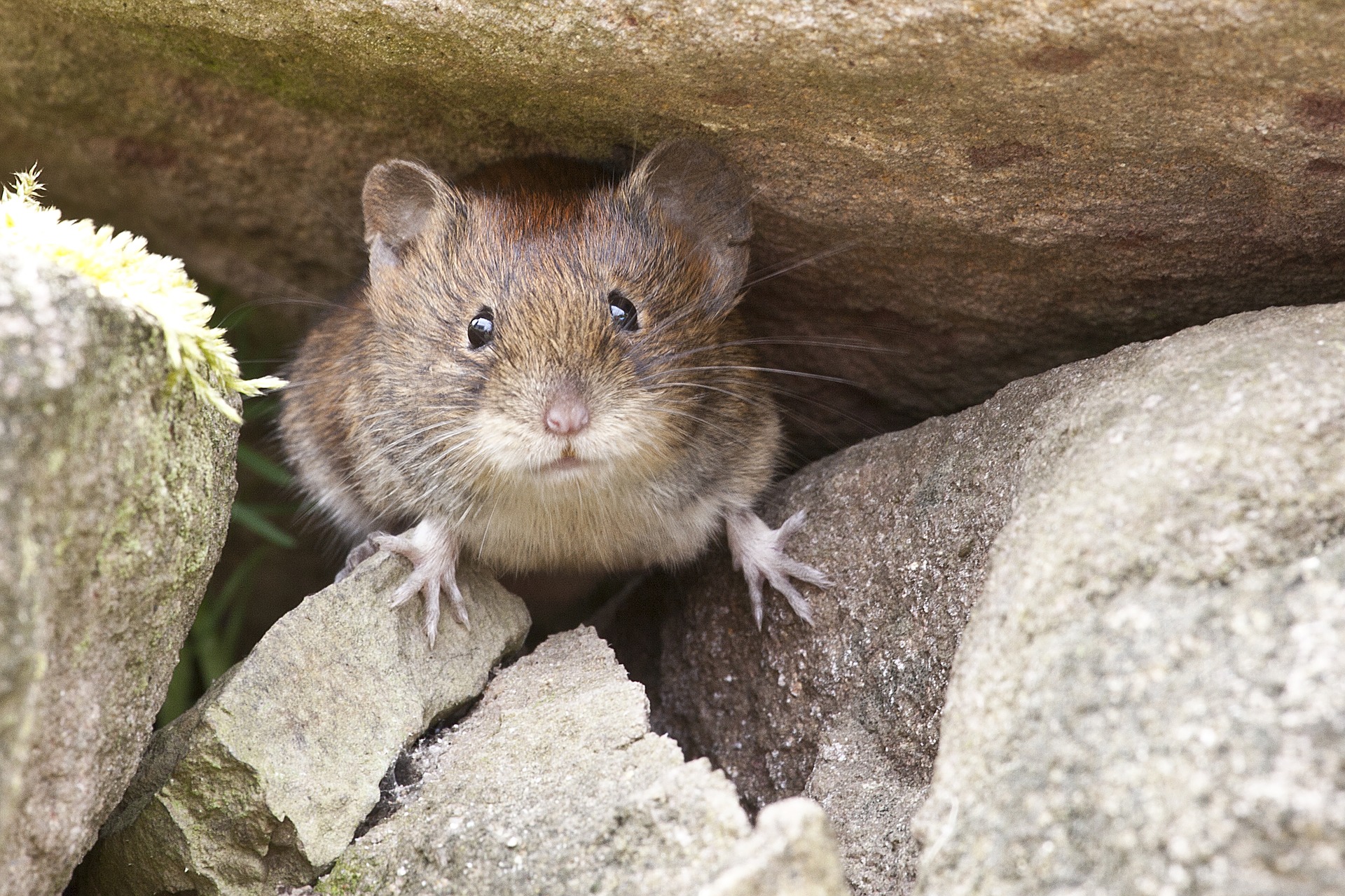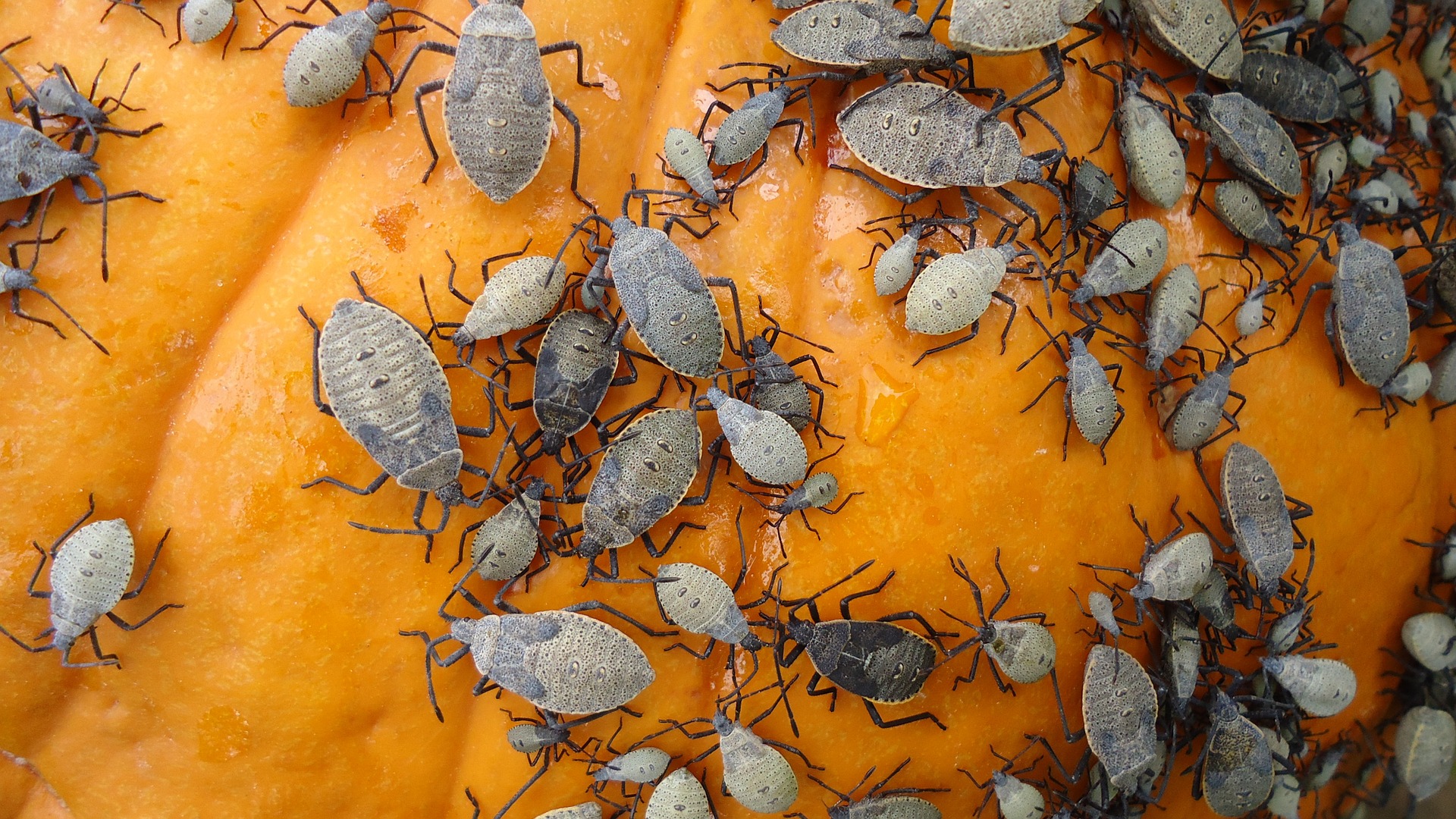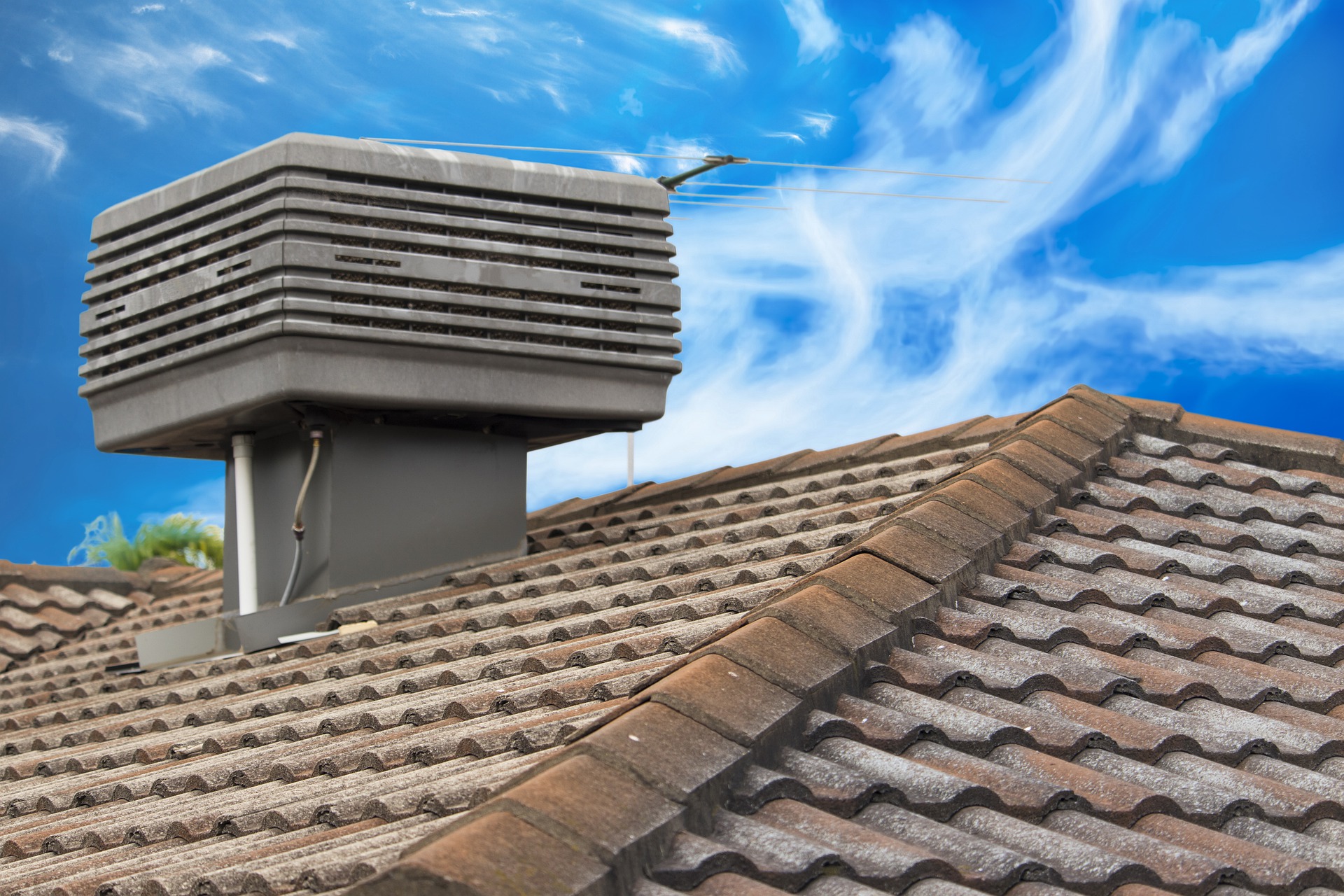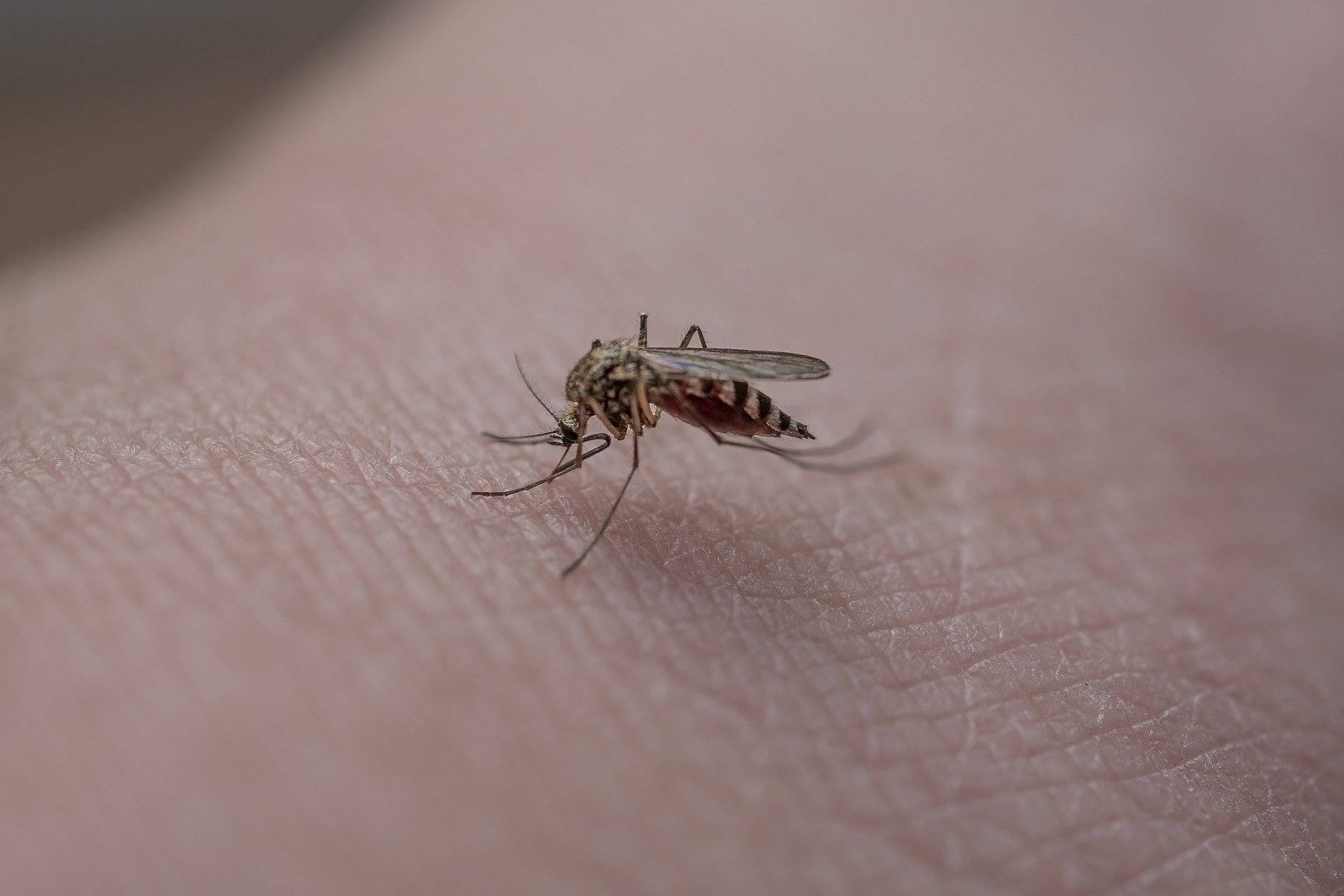Bees and wasps are important pollinators and play a crucial role in our ecosystem. However, when they invade our homes or gardens, they can become a nuisance and pose a threat to our safety. Identifying the presence of bees and wasps is essential to take appropriate measures to control their infestation. In this article, we will explore the key indicators to watch for when it comes to identifying bee and wasp infestations.
Identifying the Presence of Bees and Wasps: Key Indicators to Watch for
One of the most obvious signs of a bee or wasp infestation is the sight of these insects themselves. Bees are typically larger and fuzzier, while wasps are slimmer and have a smooth body. Both bees and wasps are attracted to flowers and sweet substances, so if you notice an increased number of these insects around your garden or outdoor areas, it may indicate an infestation.
Another key indicator is the presence of nests or hives. Bees usually build their hives in protected areas such as tree hollows, wall cavities, or attics. On the other hand, wasps construct their nests in sheltered locations like eaves, sheds, or underground burrows. If you spot a nest or hive, it is a clear sign that you have a bee or wasp infestation.
Visual Clues: Physical Signs of Bee and Wasp Infestation in Your Surroundings
Apart from the insects themselves, several visual clues can help you identify a bee or wasp infestation. Look out for an increased number of bees or wasps entering and exiting a specific area, such as a crack in the wall or a hole in the ground. This indicates the presence of a nest or hive nearby.
Additionally, you may notice an accumulation of dead bees or wasps in certain areas. This could be a result of natural mortality or the use of insecticides. However, if you consistently find dead insects in the same location, it may indicate an infestation.
Auditory and Behavioral Cues: Recognizing the Sounds and Actions of Bees and Wasps
In addition to visual cues, auditory and behavioral cues can also help in identifying a bee or wasp infestation. Bees and wasps produce distinct buzzing sounds, especially when they are in large numbers or feel threatened. If you hear a constant buzzing sound coming from a specific area, there is likely a nest or hive nearby.
Furthermore, observe the behavior of the insects. Bees are generally docile and will only sting if they feel threatened. Wasps, on the other hand, are more aggressive and can sting multiple times. If you notice aggressive behavior from these insects, it is a sign that there may be an infestation.
Nesting Sites and Structures: Uncovering Hives and Nests as Telltale Signs of Infestation
Nesting sites and structures are crucial indicators of a bee or wasp infestation. Bees build their hives using wax and create a honeycomb-like structure. These hives can be found in various locations, such as trees, attics, or even inside walls. If you come across a honeycomb-like structure, it is a clear sign of a bee infestation.
Wasps, on the other hand, construct paper-like nests using chewed wood fibers mixed with saliva. These nests can be found in eaves, sheds, or even underground burrows. If you spot a paper-like nest, it is a strong indication of a wasp infestation.
In conclusion, identifying the signs of bee and wasp infestation is crucial to take appropriate measures to control their presence. Key indicators include the sight of bees or wasps themselves, the presence of nests or hives, visual clues such as dead insects or increased activity, auditory cues like buzzing sounds, and behavioral cues such as aggressive behavior. By being vigilant and observant, you can effectively identify and address bee and wasp infestations, ensuring the safety and comfort of your home and surroundings.

